![]()
This is nearly the end of our amazing Iranian journey. Our last trip takes us to a city quite devoid of tourism, which is really strange considering how many geological and cultural wonders can be found there. Imagine the intricate domes of delicate mosques, the whispers of running water in the gardens and palaces blooming with roses, the luminous fields of pistachio trees growing at the foot of dry austere mountains. Imagine one of the hottest deserts in the world hiding in its depth some ancient Persian secrets… What do you think? Doesn’t it all sound highly enticing? You understand now why we are quite excited to discover Kerman and the Lut desert!
Kerman, historical city
We are very lucky to be accompanied for this trip by young Iranian Arash, a passionate tour guide specialized in architecture who will share his contagious enthusiasm for the amazing history of his home town. After our first meeting at Kerman train station, he takes us straight to one of the most famous place of Kerman: the Ganjali Khan place (مجموعه گنجعلیخان).
Ganjali Khan place is indeed a wonderful complex, dating from the beginning of the 17th century. There are many beautiful things to see inside and around so we really recommend you to take your time there. We first enter its wide plaza, circled by a covered passageway where we find the first handicraft shops of Ganjali Khan bazar. The sun light is quite blinding at this time of the day and reverberates on the white pavement of the plaza. This means hard time for photographers…
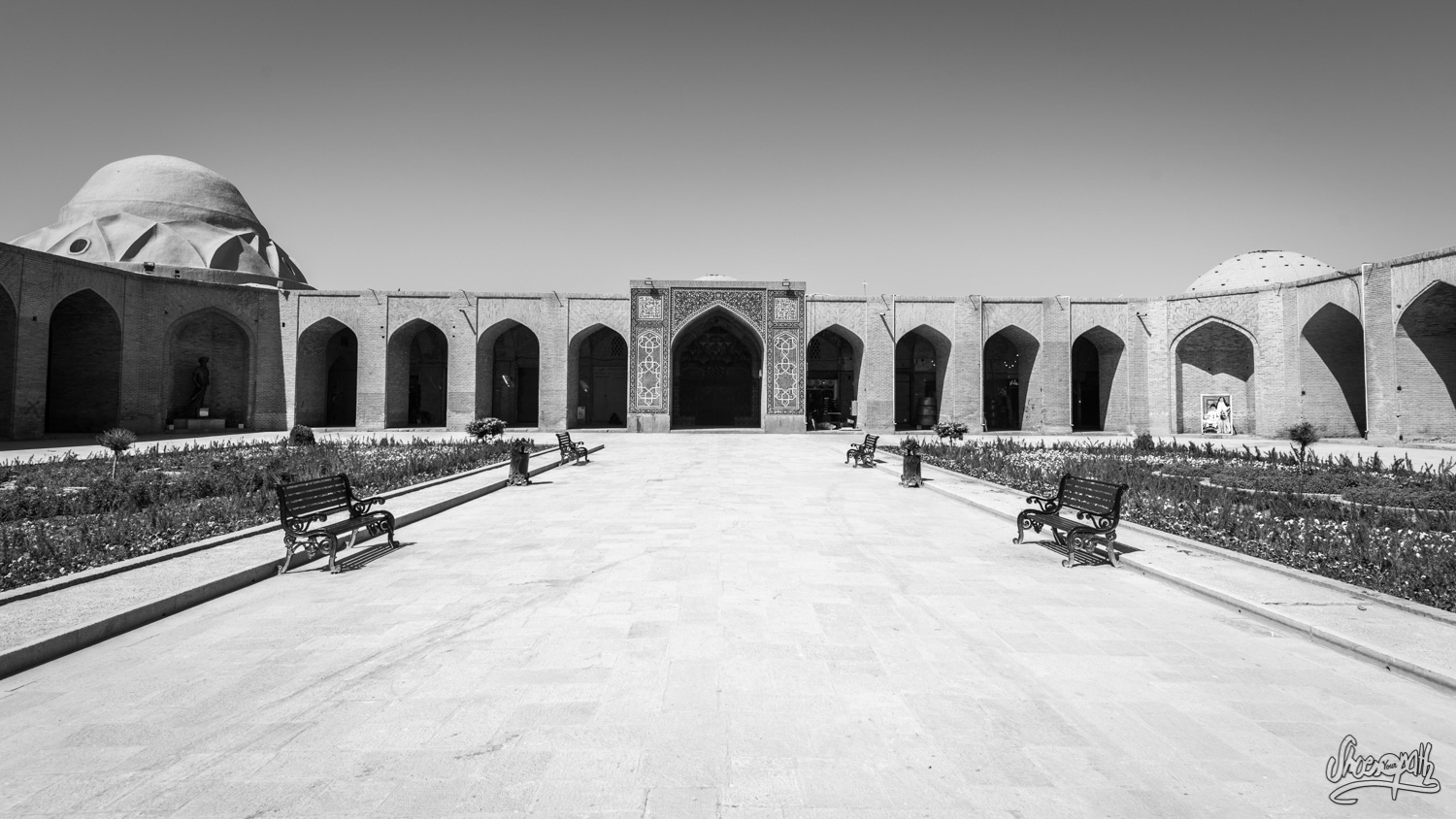
Then Arash guides us to the sarai, a historical central place in this city where all kind of goods were sold. We listen to our guide’s explanations (because indeed, a sarai is different from a cravansarail!) while enjoying the smell of blooming roses.
Our guide now takes us to the really small but exquisite Ganjali Khan mosque. We really loved this one and it is probably now one of our favourite mosques in all Iran! We must say that even if the mosque is remarkably beautiful, it became very special to us after Arash, a good story-teller, told us about its history full of poetry and Persian symbols. Its delicate red-rose dome is also really unique in Iran. A real Persian jewel!
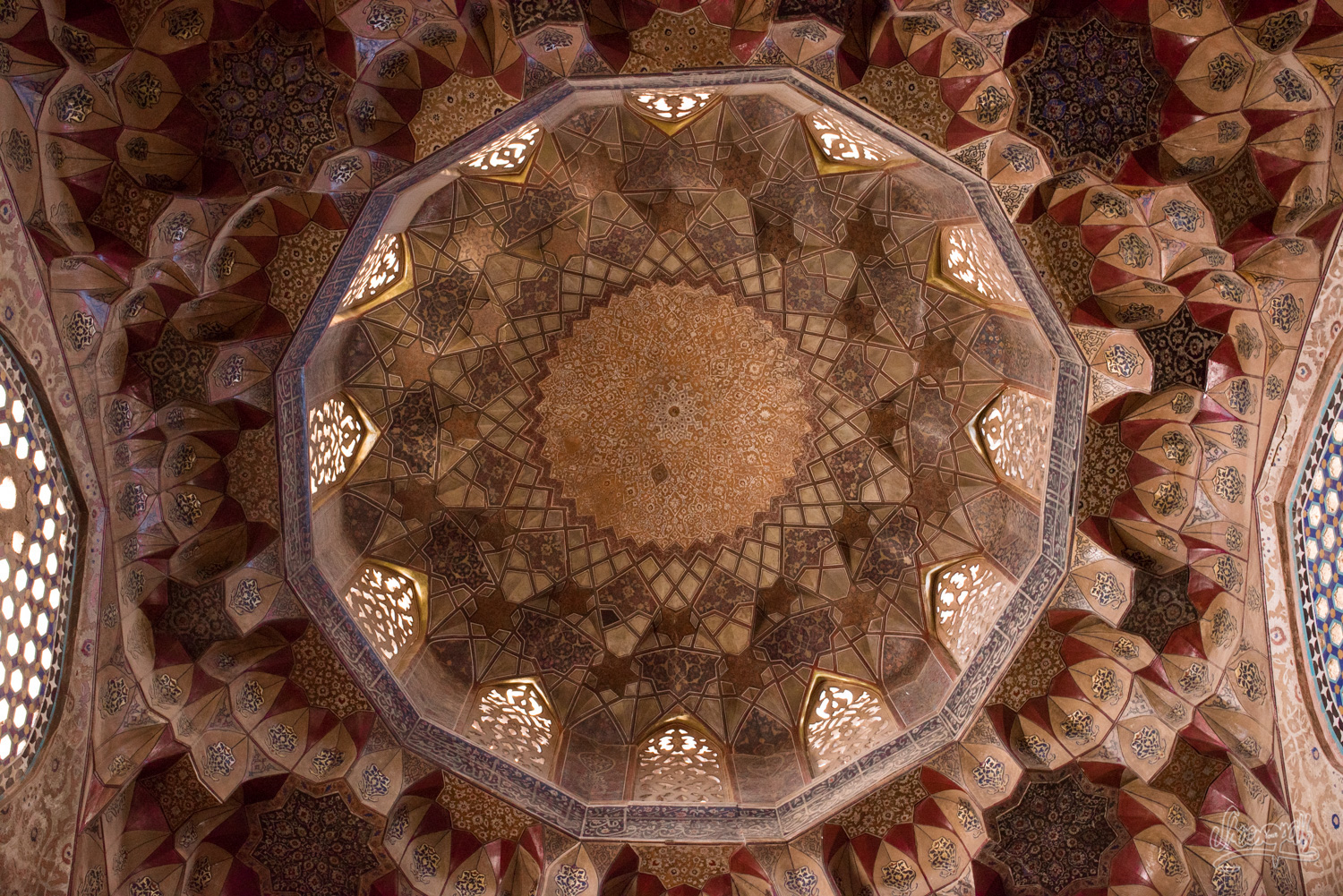
Time now to discover the gigantic covered bazar. Arash guides us to the entrance of an ancient bathhouse which is now hosting a tea house. We would certainly have missed it without him! After a little refreshment, he takes us to the oldest public baths in town which are now a museum. More than a place where one could wash behind his ears and between his toes, it was also a very codified place showing the general social organization of this rich period of time. By visiting this beautiful place, we also took a better grasp on what could have been the Persian life at the time.
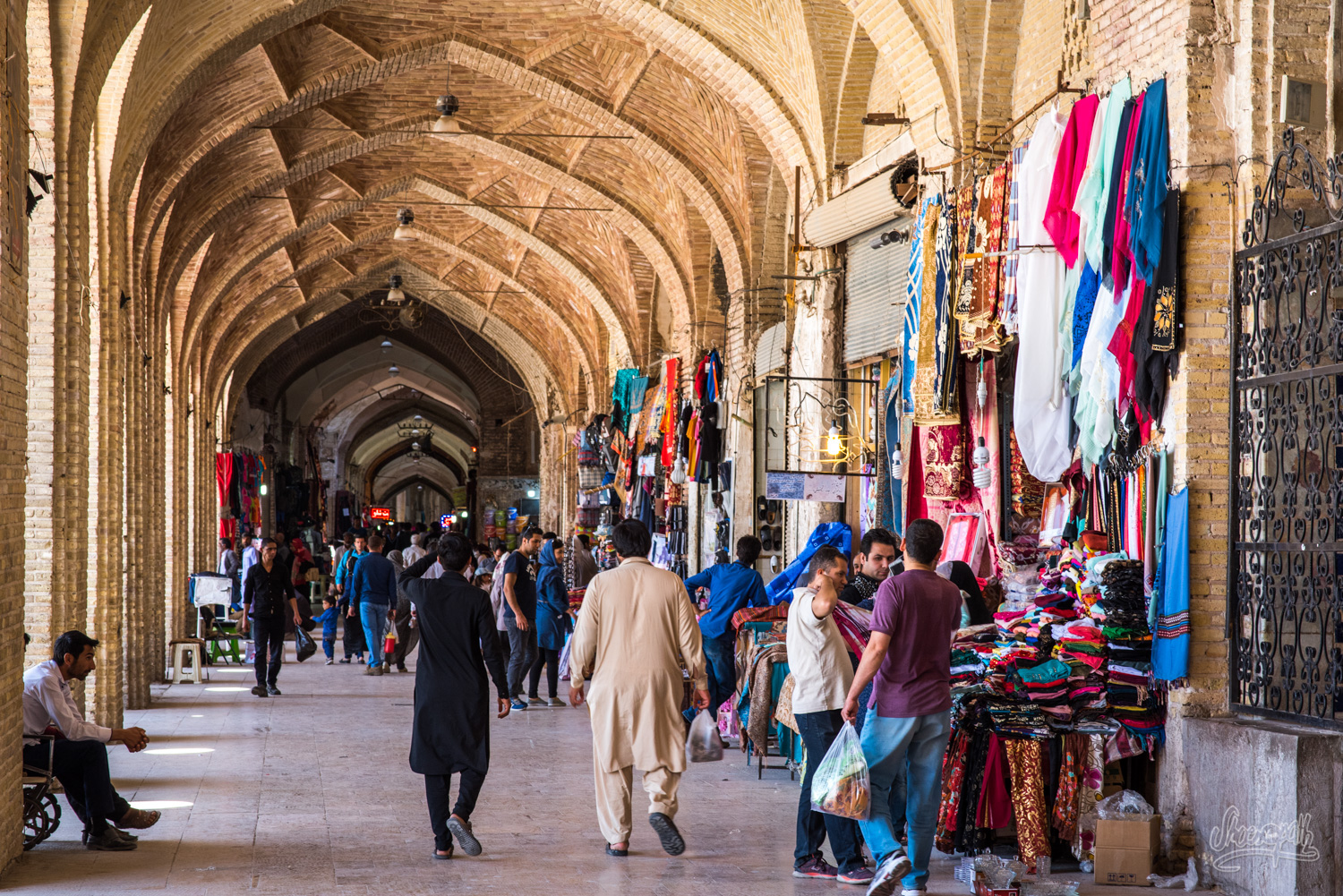
We got a little bit further in the bazar before reaching the 14th century Jameh mosque. That’s where Arash explains us everything about the art of Persian mosaics. We would never have guessed Persian tiles could be as exciting as they are beautiful!

Shahzadeh garden
The Shahzadeh garden (باغ شاهزاده, Bāgh-e Shāhzādeh), also called “Prince’s Garden” is set in a dry land, close from the town of Mahan. It was created in the 19th century by a notorious megalomaniac prince, like an oasis in a desert. Inside the walls you can find a beautiful paradise where Iranians enjoy wandering, picnicking or even napping among trees and flowers. Fountains cascade down the gentle slope, refreshing the atmosphere and making it all very nice.
After visiting the garden, Arash drives us a little bit off Mahan, a very green city set between rocky mountains, to show us some wide fields of small trees. Those are very important. Indeed, they are pistachio trees! The number one nut in Iran grows here in very large quantity!
Fathabad Garden
Our guide insists on taking us to visit Fathabad garden by night. And he is absolutely right considering the outside temperature is just perfect at this time of the day and the general view is probably a lot better in the dark. The central palace is literally glowing with orange light, reflecting in the quiet water of a canal bordered with roses. This old garden had been forgotten for many years before being recently restored. The trees haven’t reach their full growth yet and they will need a few years before having the garden back to its former glory (hence the visit by night). The palace, though, is as magnificent as ever.
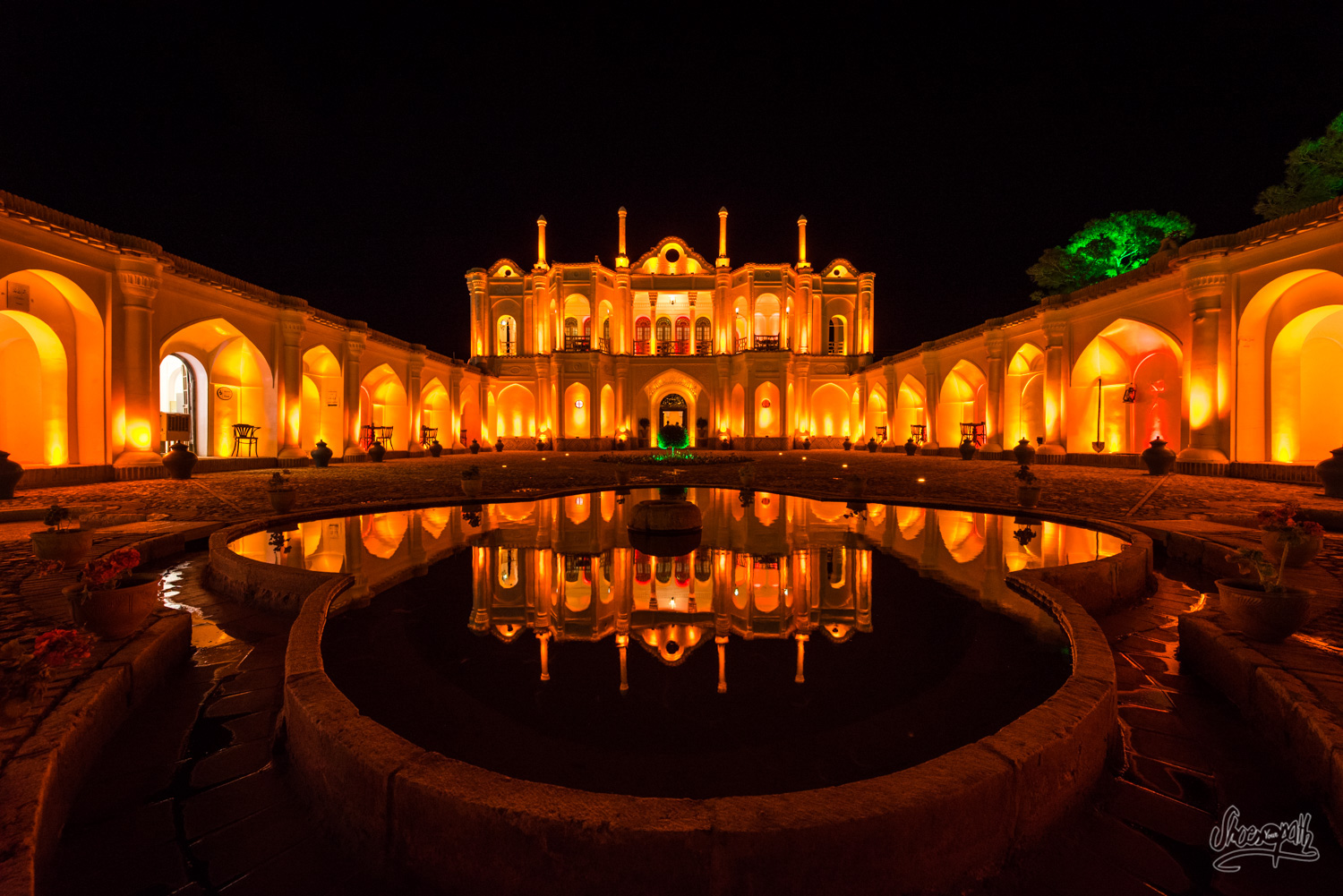
Ancient monuments and fire temples
There are many more striking buildings in Kerman and of course we didn’t have time to see them all. Nevertheless we visited some of them, like a fire temple belonging to the very ancient and fascinating Zoroastrian religion or the university library and its surrounding garden full of serious students. We’ve also been lucky to see an ice tower where enormous blocks of ice from the mountains used to be packed during the hot summer time. Those very ancient buildings made from a super resistant mix of soil and camel milk (yup, surprising, eh?) are just amazing. The ice blocks were wrapped in camel skins and stored in there for the hottest months without melting at all!
Lut desert
Arash’s car winds its way on the mountain road heading to the Lut desert. “The crazy thing is that those mountain roads are buried deep in snow in winter time but that over the mountains lays the Lut desert where the heat is always extreme and where it never rains!”, our guide tells us.
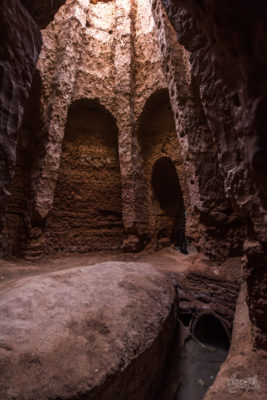 Quickly we leave the mountains behind and start our way through the arid plain. As miles pass by, we watch the car’s thermometer rise up to 43°C, quite a fresh temperature for this desert where temperature can climb up to more than 70°C !
Quickly we leave the mountains behind and start our way through the arid plain. As miles pass by, we watch the car’s thermometer rise up to 43°C, quite a fresh temperature for this desert where temperature can climb up to more than 70°C !
Dasht-e Lut (دشت لوت), the Emptiness Plain… This is not as true as it seems. Many secrets are hidden in its womb. Like water for exemple ! Yes, even in one of the hottest desert of the work there’s water ! And we are just about to get the answer that mystery. Arash stops the car near what seems to be a ruined settlement made of loosed stones. He has a surprise for us. As soon as we leave the A/C system of the car, we are struck by a wave of powerful heat. We are quite thankful when Arash leads us in an old and dark corridor going deep in the ground. We arrive in a fresh, dark and damp passage that seems to have stood there for thousands of years. We hear the sound of rushing water nearby and are utterly surprised when we suddenly get to several conical chambers crossed by a stream of clear and fresh water!
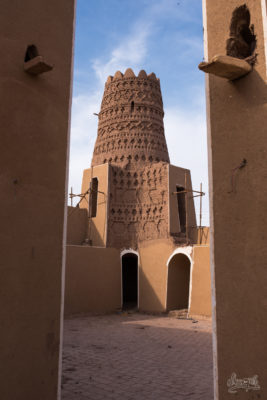 Here is one of the most precious heritage of Persian genius : a qanat! This clever system was invented in Persia thousands of years ago to bring pure water from the mountains to towns, crossing the desert underground for up to 70km! The technic consisted in digging a rectilinear and gently sloping tunnel in a very precise angle, which was an absolute prowess considering the tools at hand at this period of history! The tunnel was pierced regularly with chimneys from where the excess of soil was evacuated and that permitted a good aeration of the water. Those antic systems are very common in Iran and are still bringing fresh drinkable water to the desert towns today.
Here is one of the most precious heritage of Persian genius : a qanat! This clever system was invented in Persia thousands of years ago to bring pure water from the mountains to towns, crossing the desert underground for up to 70km! The technic consisted in digging a rectilinear and gently sloping tunnel in a very precise angle, which was an absolute prowess considering the tools at hand at this period of history! The tunnel was pierced regularly with chimneys from where the excess of soil was evacuated and that permitted a good aeration of the water. Those antic systems are very common in Iran and are still bringing fresh drinkable water to the desert towns today.
There are also the secret of those still trees growing on each side of the road. How is that possible in this land devoid of any rain? The silhouettes of the trees mounted on sandy knolls look strange. Arash tells us that their roots actually produce a kind of glue holding the sand around them to avoid being uprooted by the violent desert storms or being moved by the movements of the dunes.
We then make a stop at a small village where we spend some time wandering in an old caravanserai under restoration, also crossed by a stream of water. Herds of goats come to drink there. We wonder what food they manage to dig from this dry deserted land!
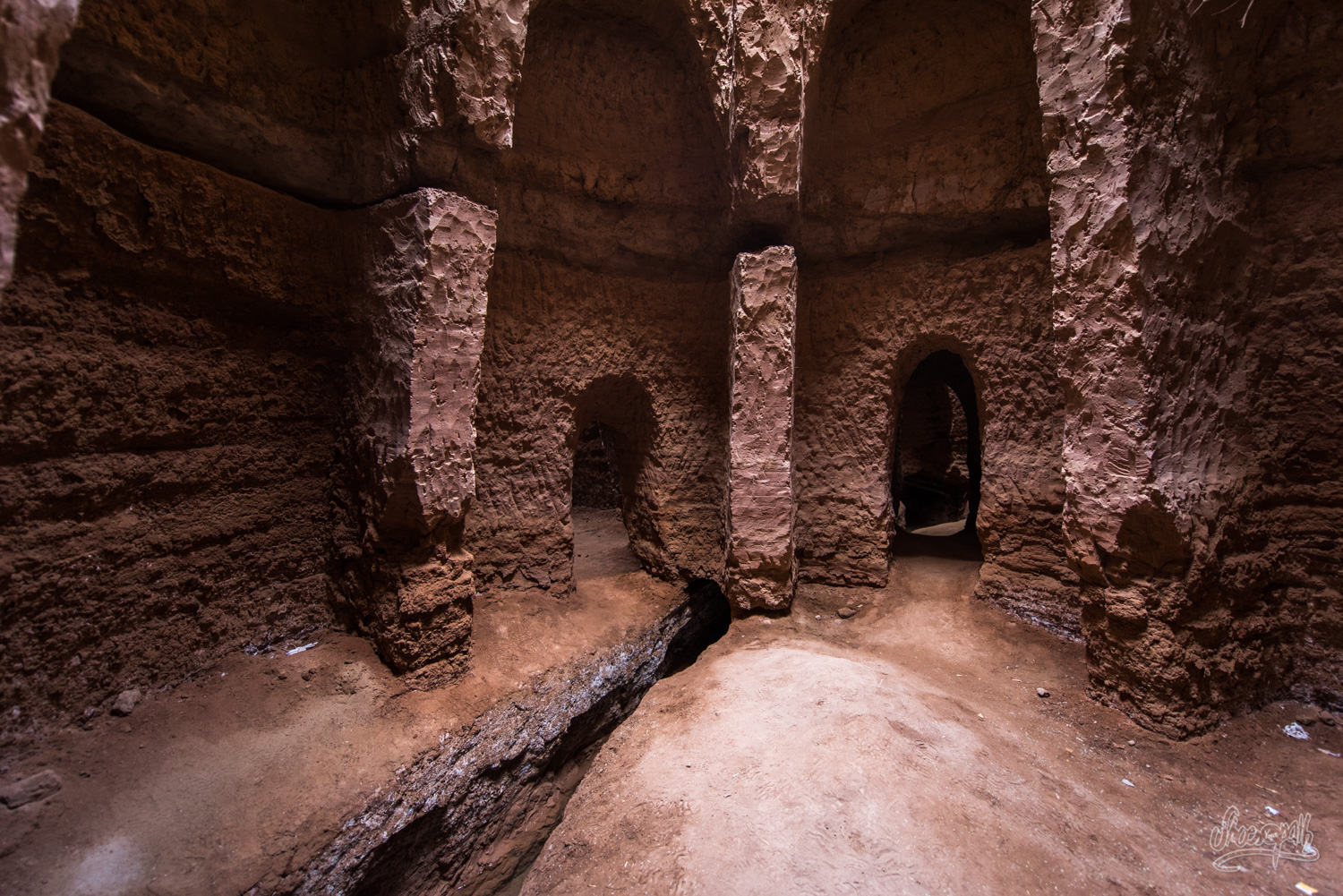
At the end of the afternoon we finally reach the kaluts, some impressive promontories carved by sand and wind over millennia. These geological wonders stand out proudly from the science-fiction landscape. It seems that we just landed on Mars!
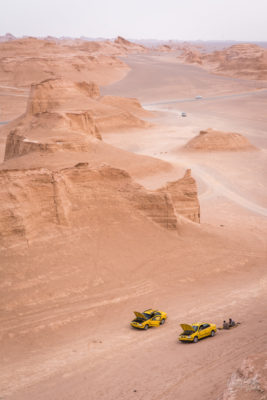 We are free to wander wherever we want in this crazy place, being careful not getting lost. The heat is still hardly bearable. Let’s not forget our water bottle! The mineral shapes are fascinating and weird at the same time and we are not alone to admire them. A few groups of tourists are also waiting for the sunset to sublimate this Martian land.
We are free to wander wherever we want in this crazy place, being careful not getting lost. The heat is still hardly bearable. Let’s not forget our water bottle! The mineral shapes are fascinating and weird at the same time and we are not alone to admire them. A few groups of tourists are also waiting for the sunset to sublimate this Martian land.
Problem is the sunset doesn’t appear to be willing to fulfil our desire. Low clouds on the horizon are hiding the golden lights from us. The sun will pierce only for one brief magical moment that will enlighten the whole scenery beautifully before it sets down. Our favourite time, though, comes after. As the other people slowly take their cars back home, we sit in the sand with Arash, daydreaming over the panorama. As the night settle silently on the desert, we talk with this clever young man who made us discover his region so well. And once again we ponder on the fact that without meeting people, travelling would definitely had no value!
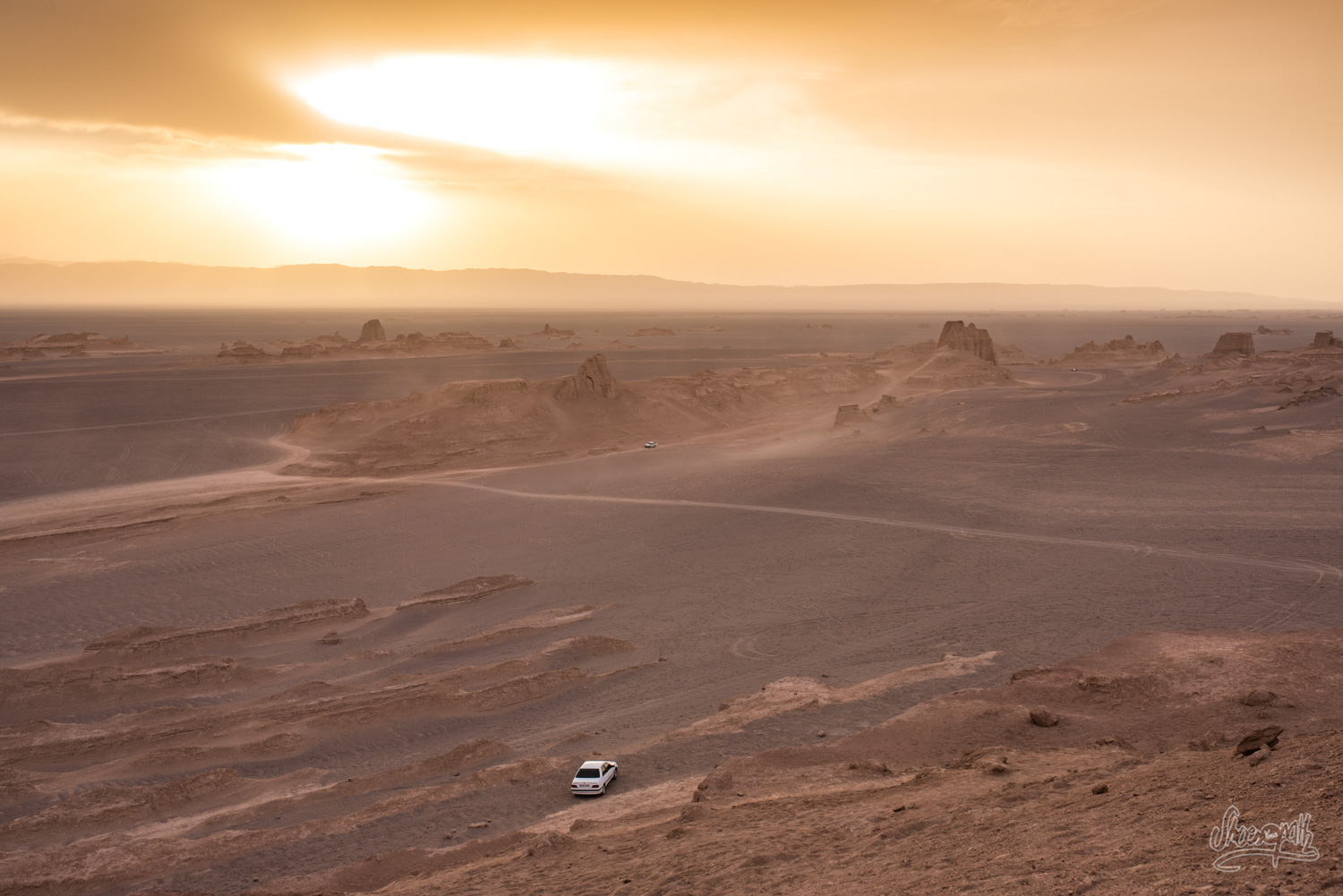
Tips
To contact our guide Arash, you can use his website Kerman Tour, or contact him on his mobile phone or on Telegram (00989174483013)

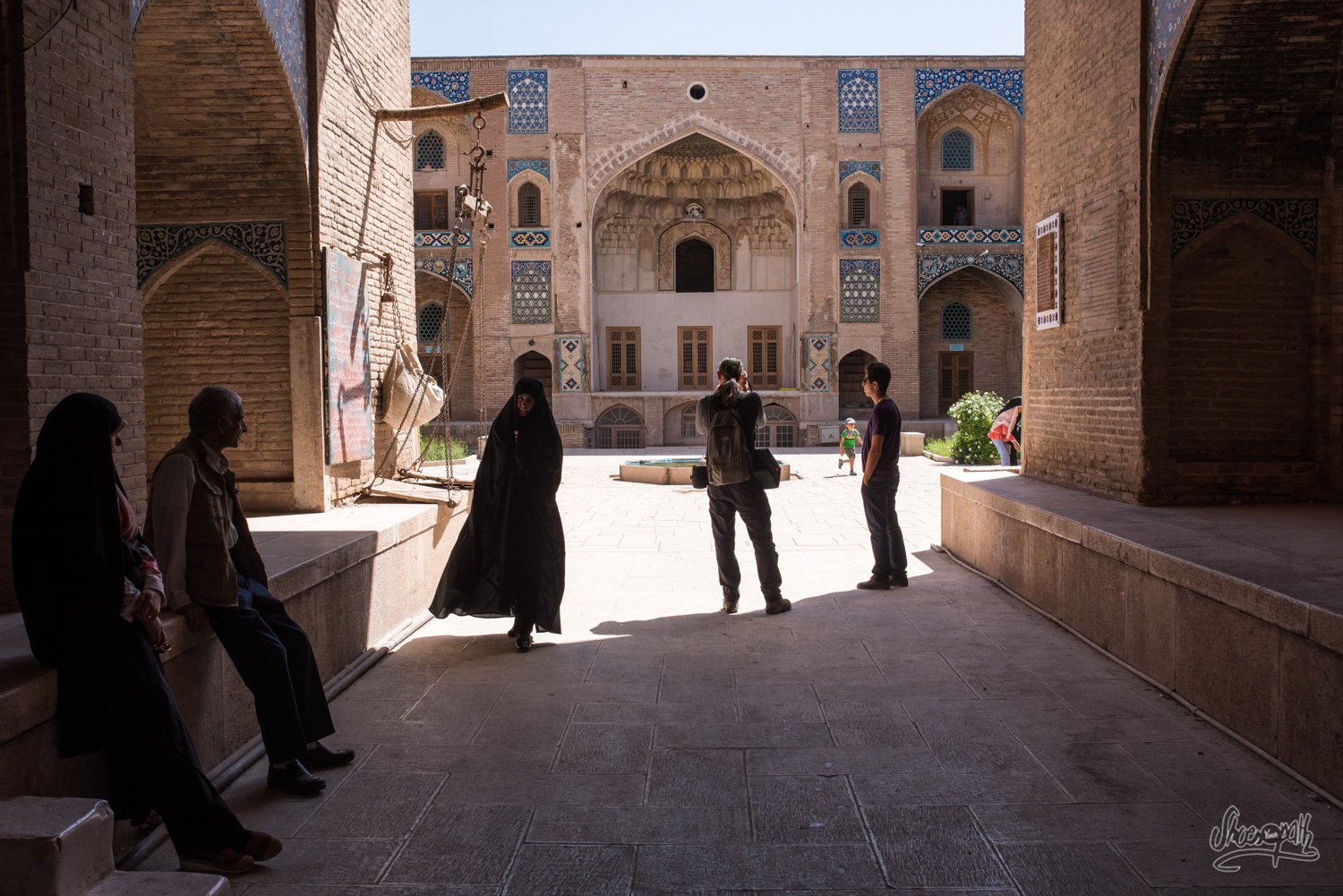
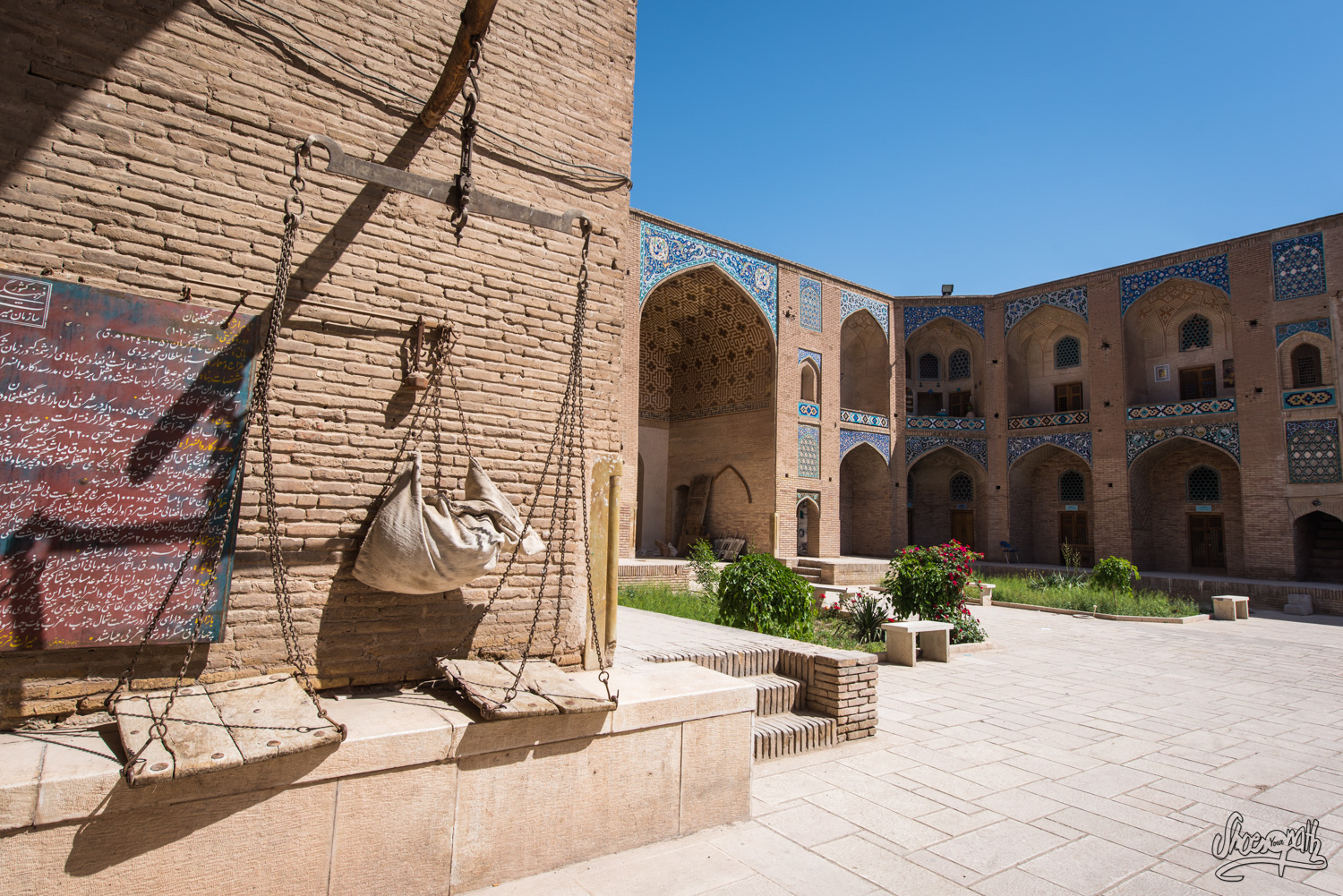
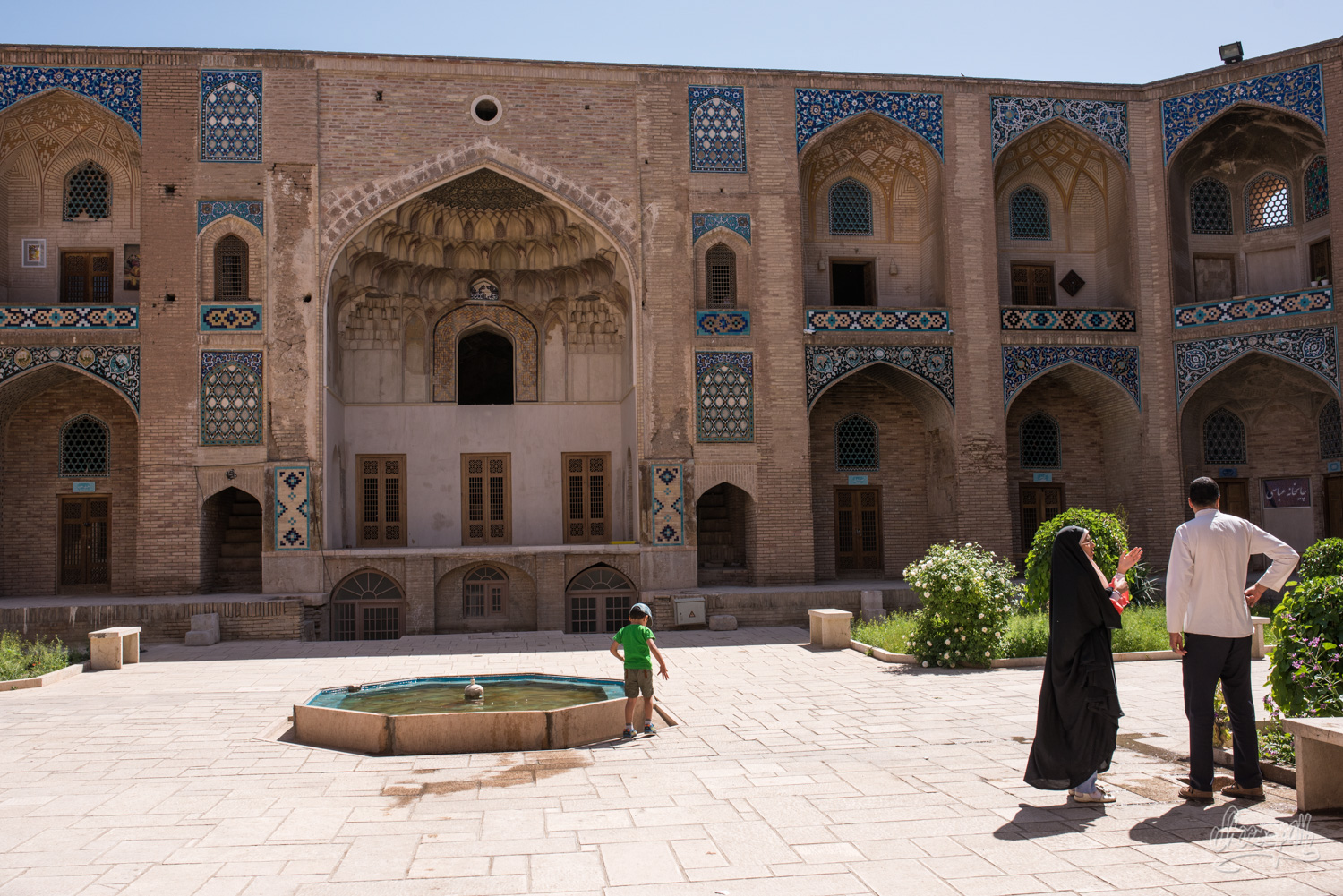
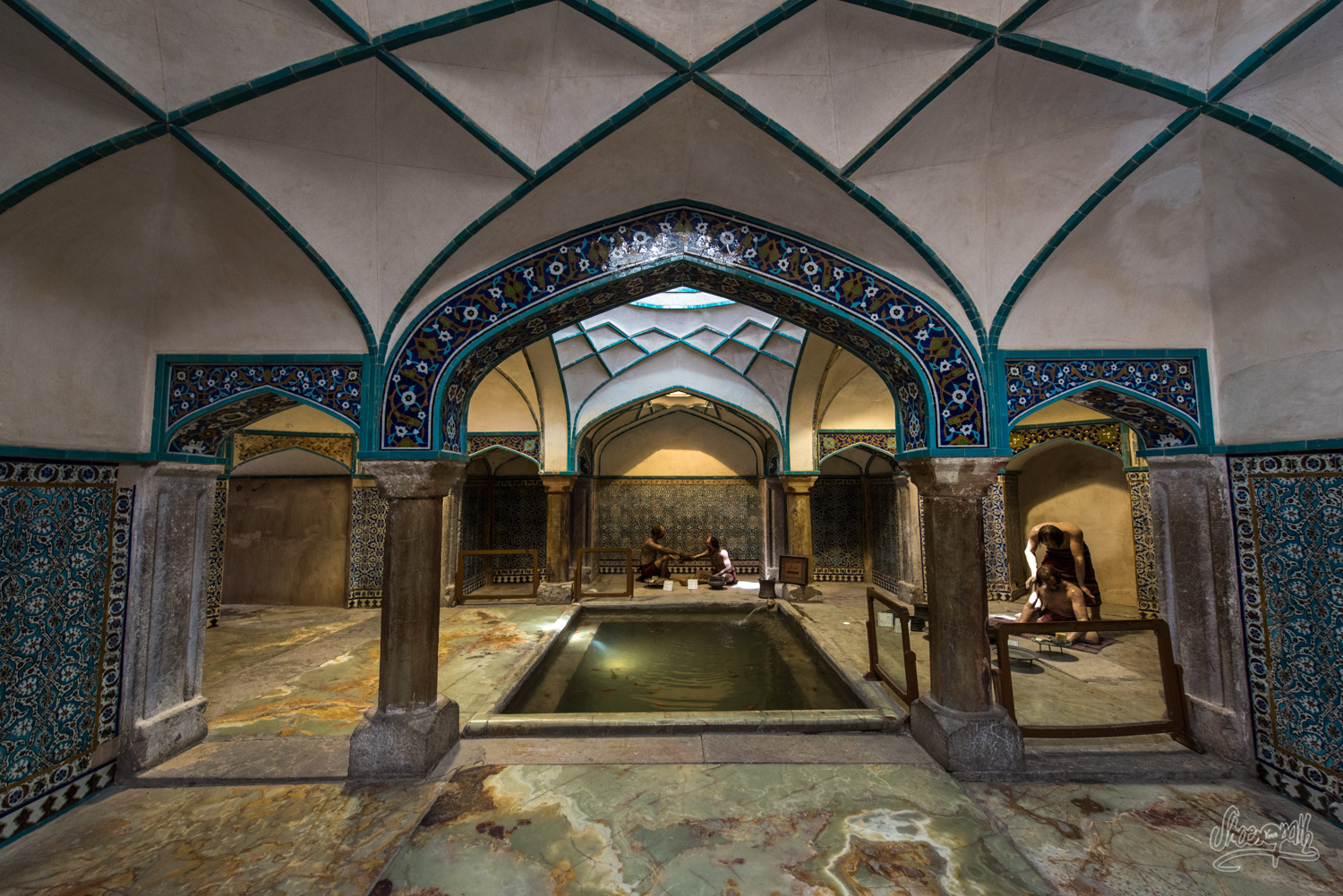

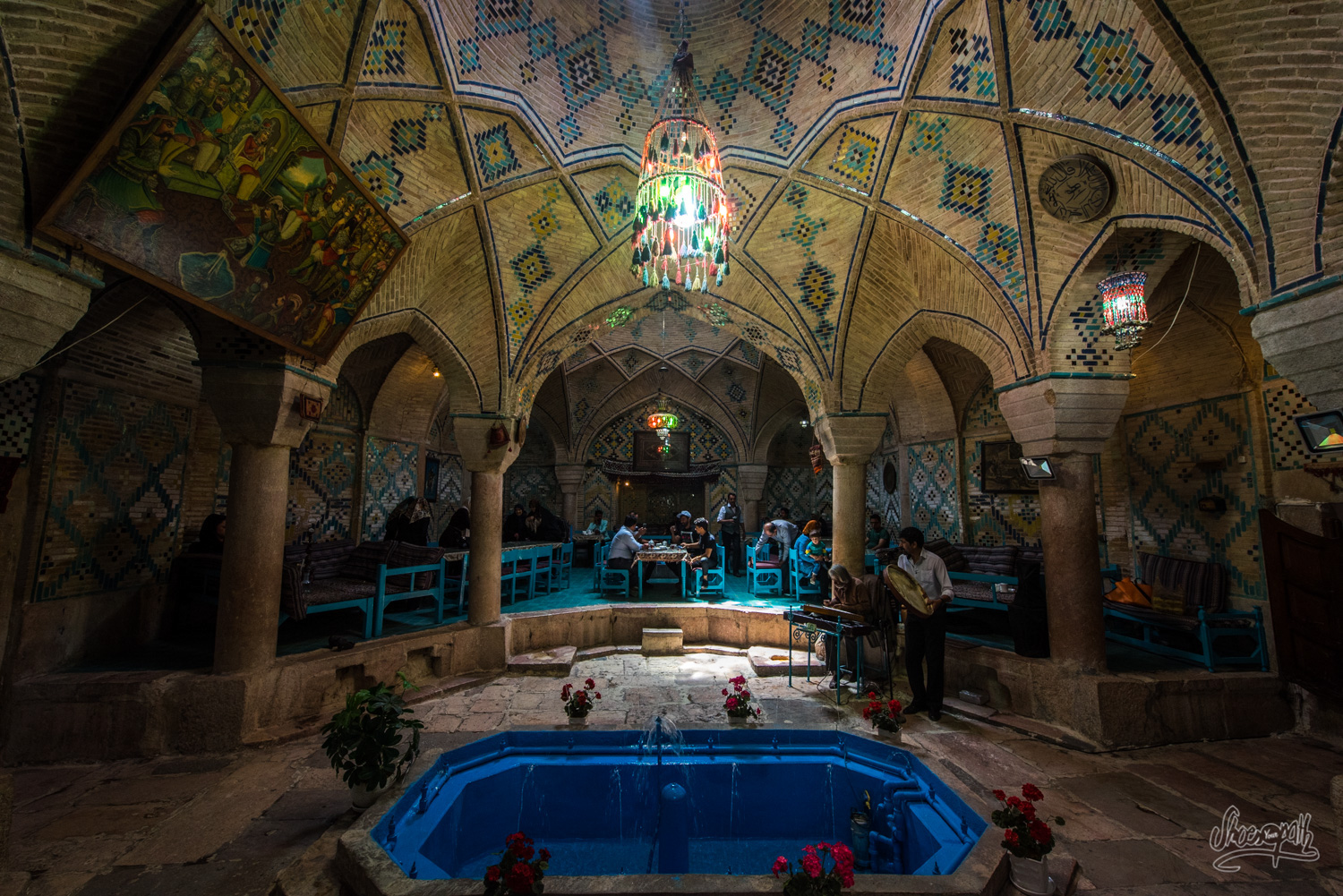
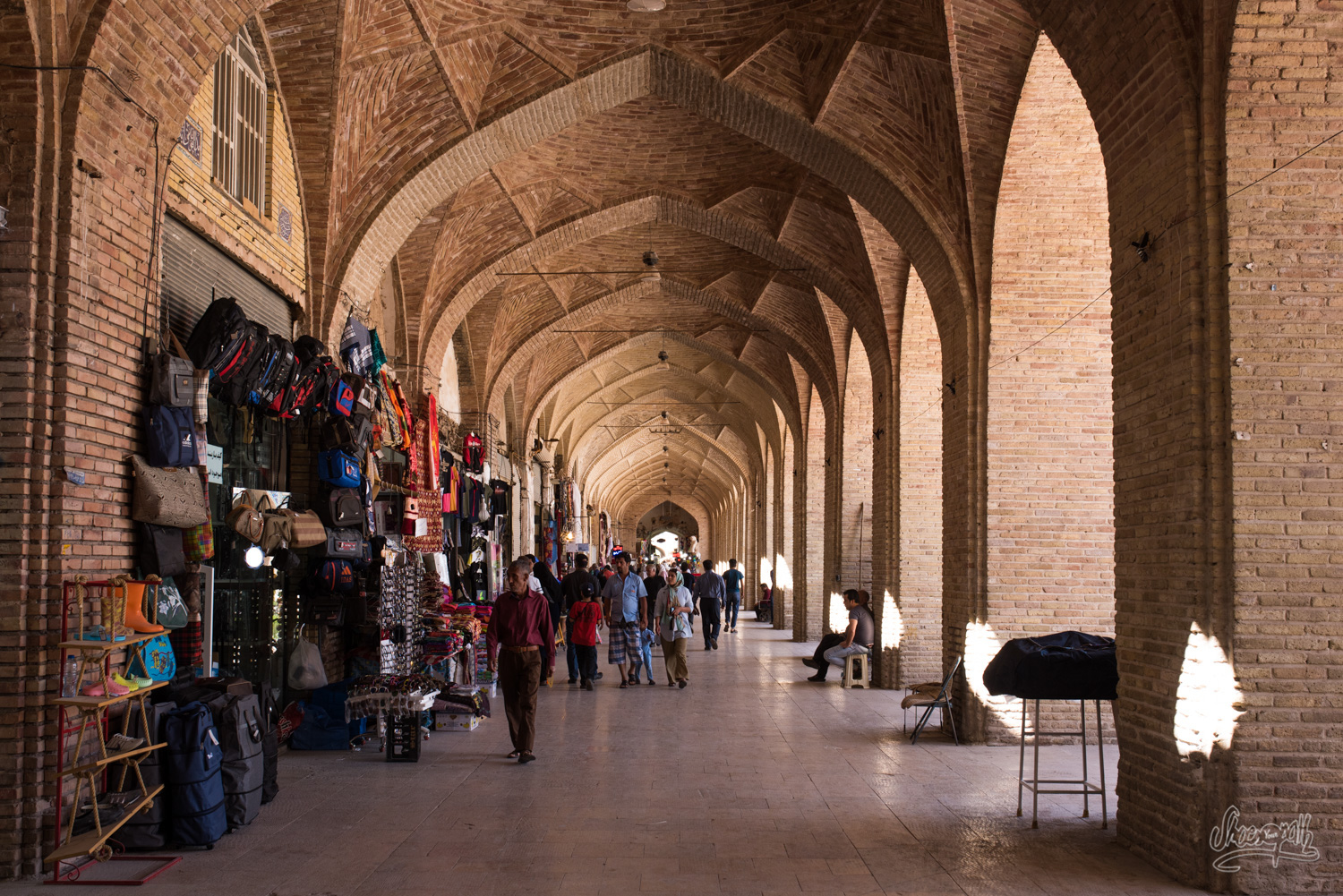

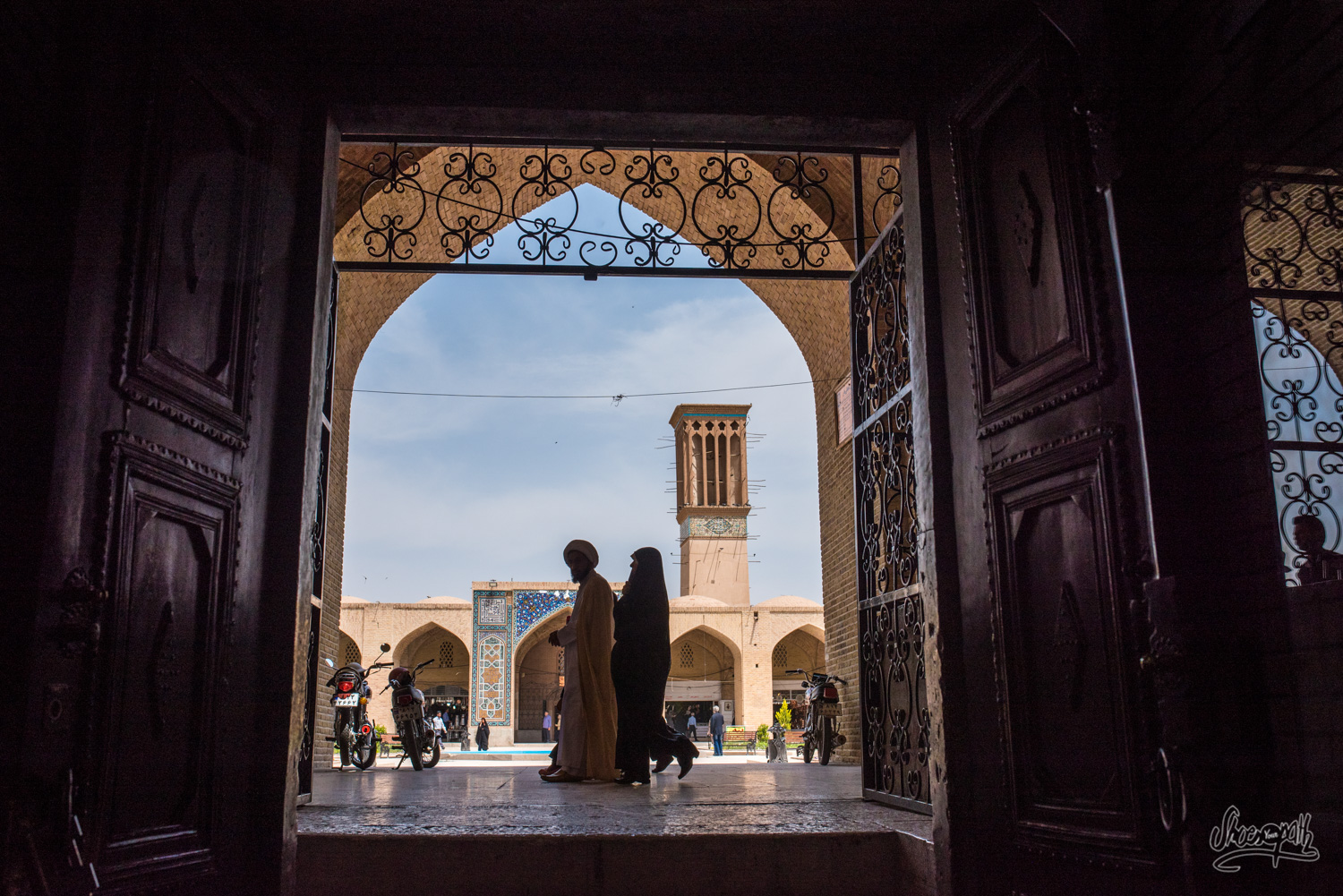
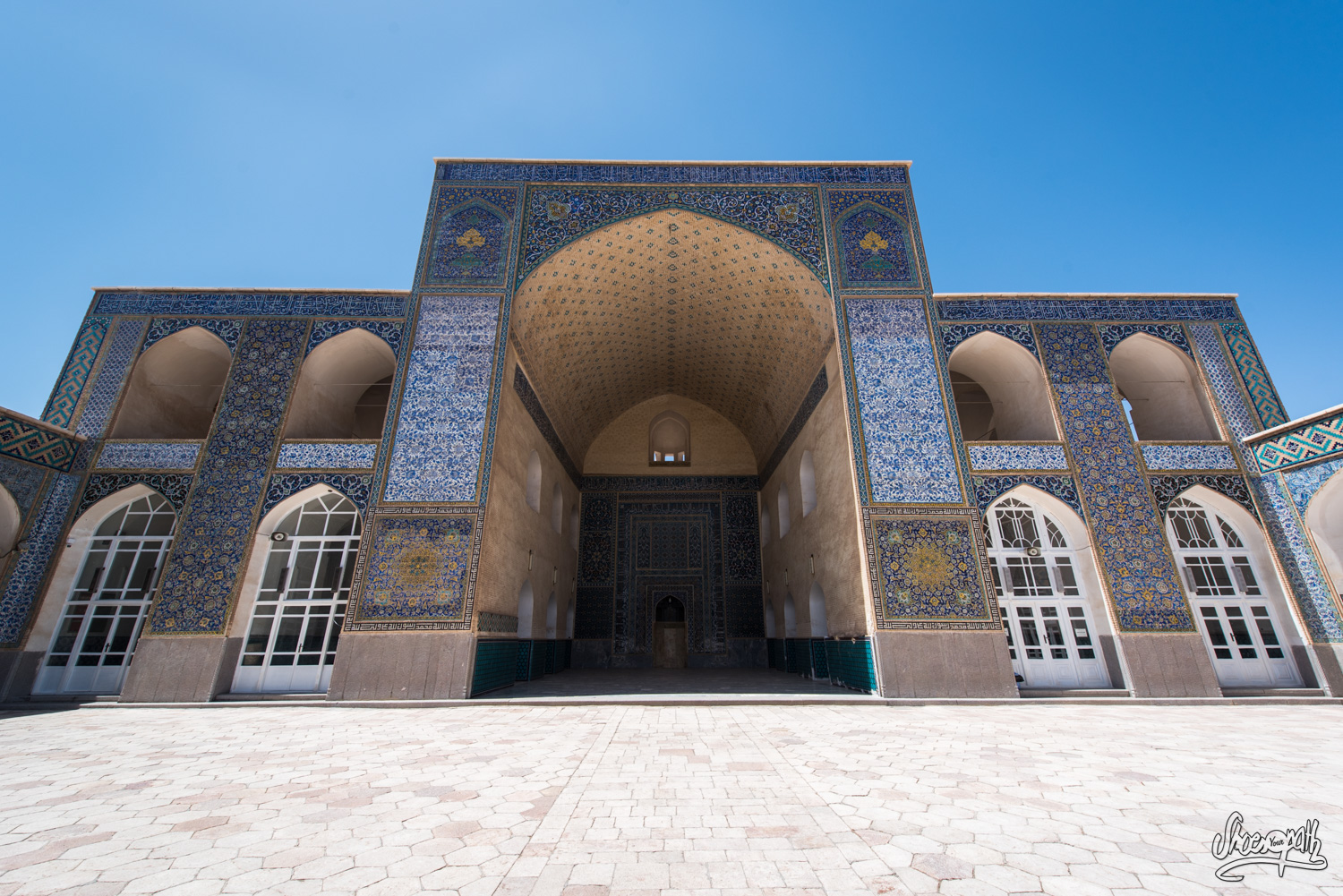
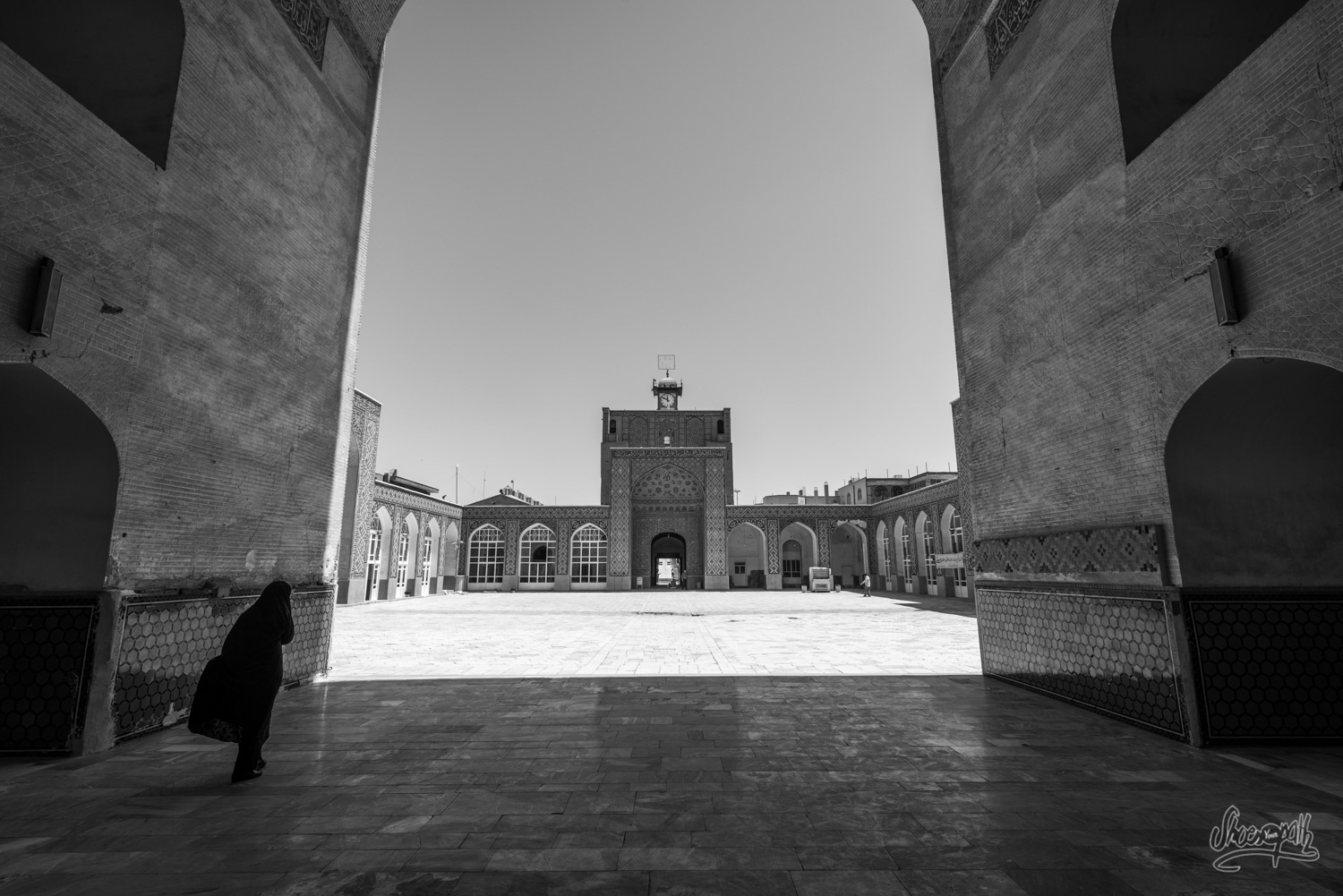
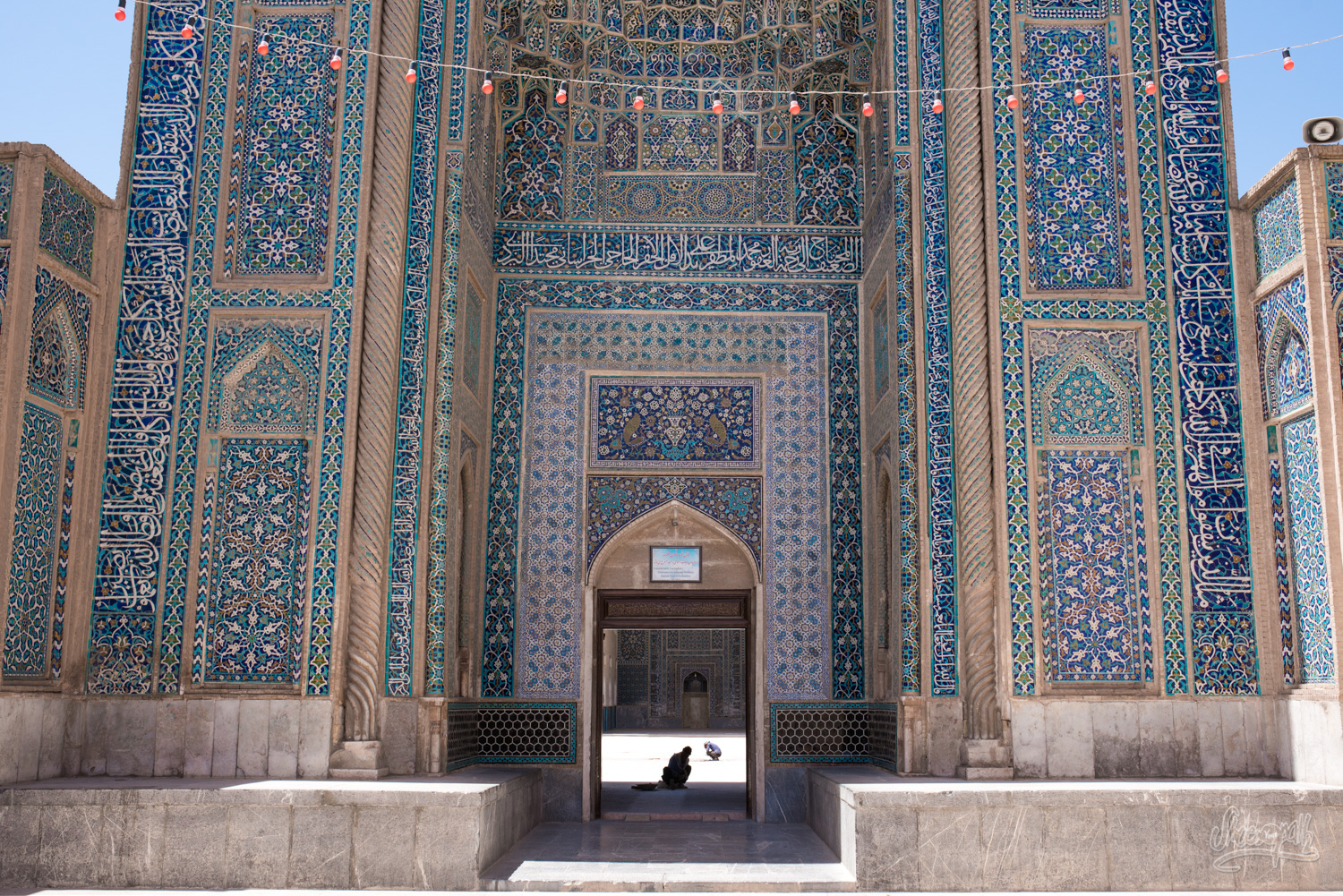
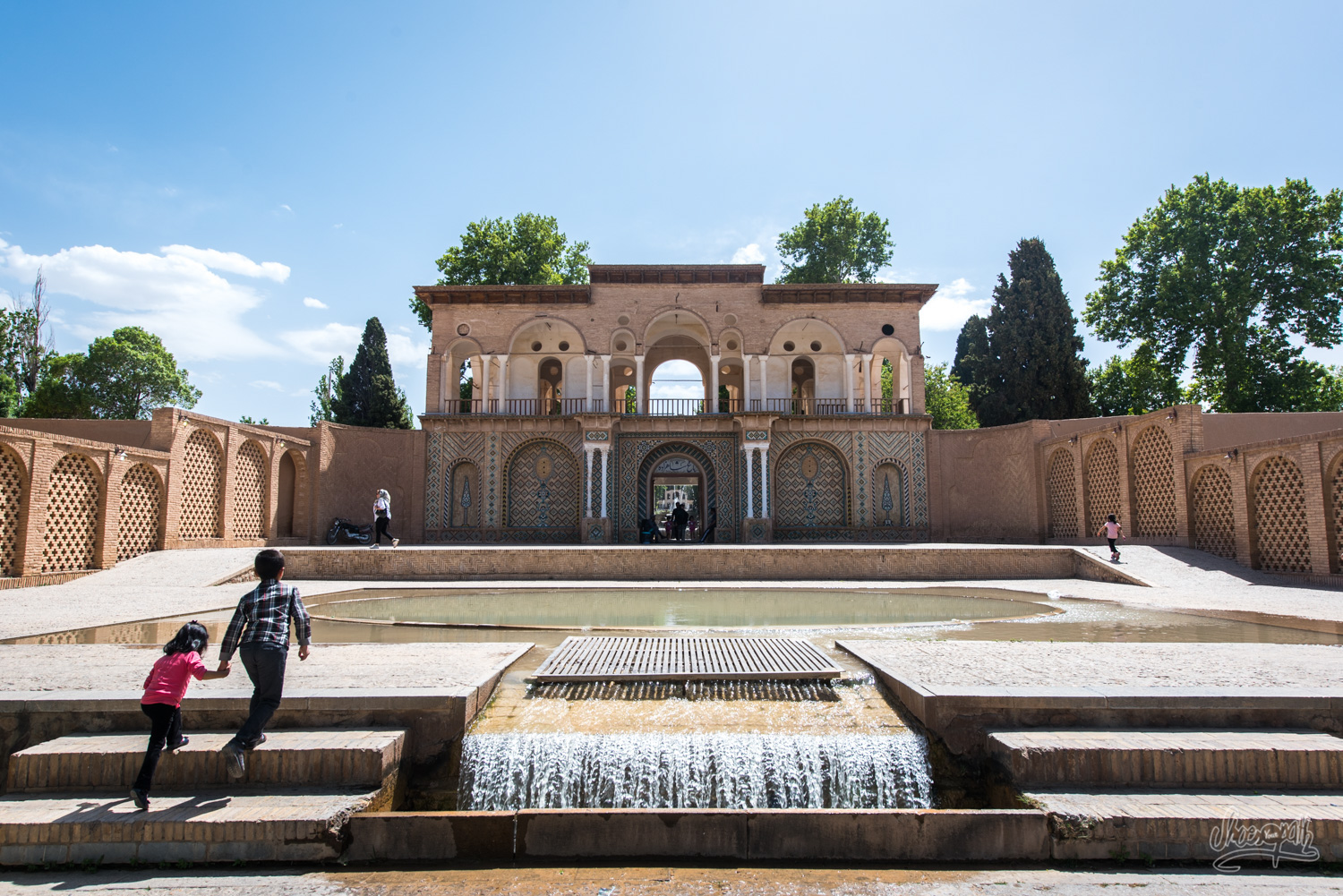

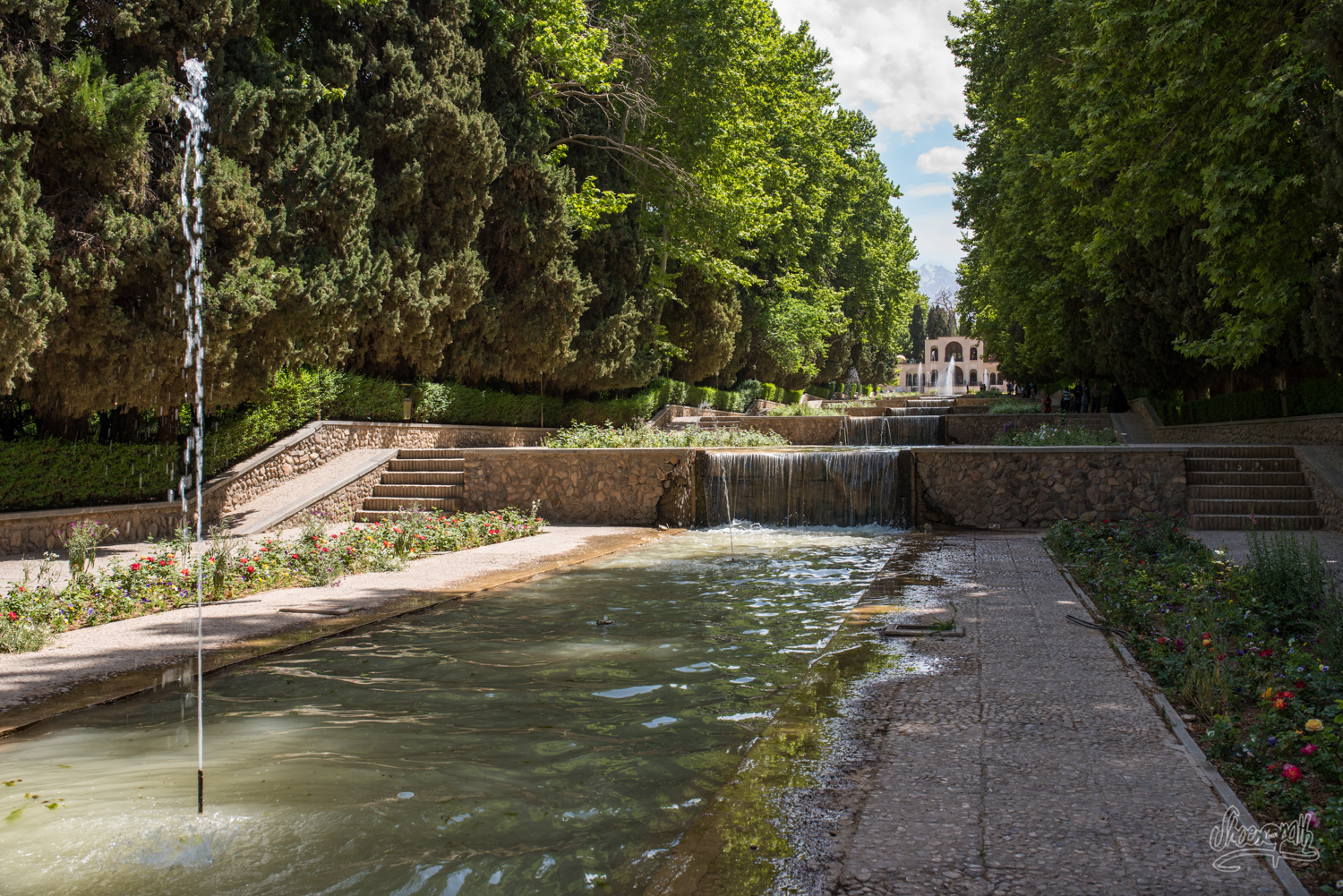
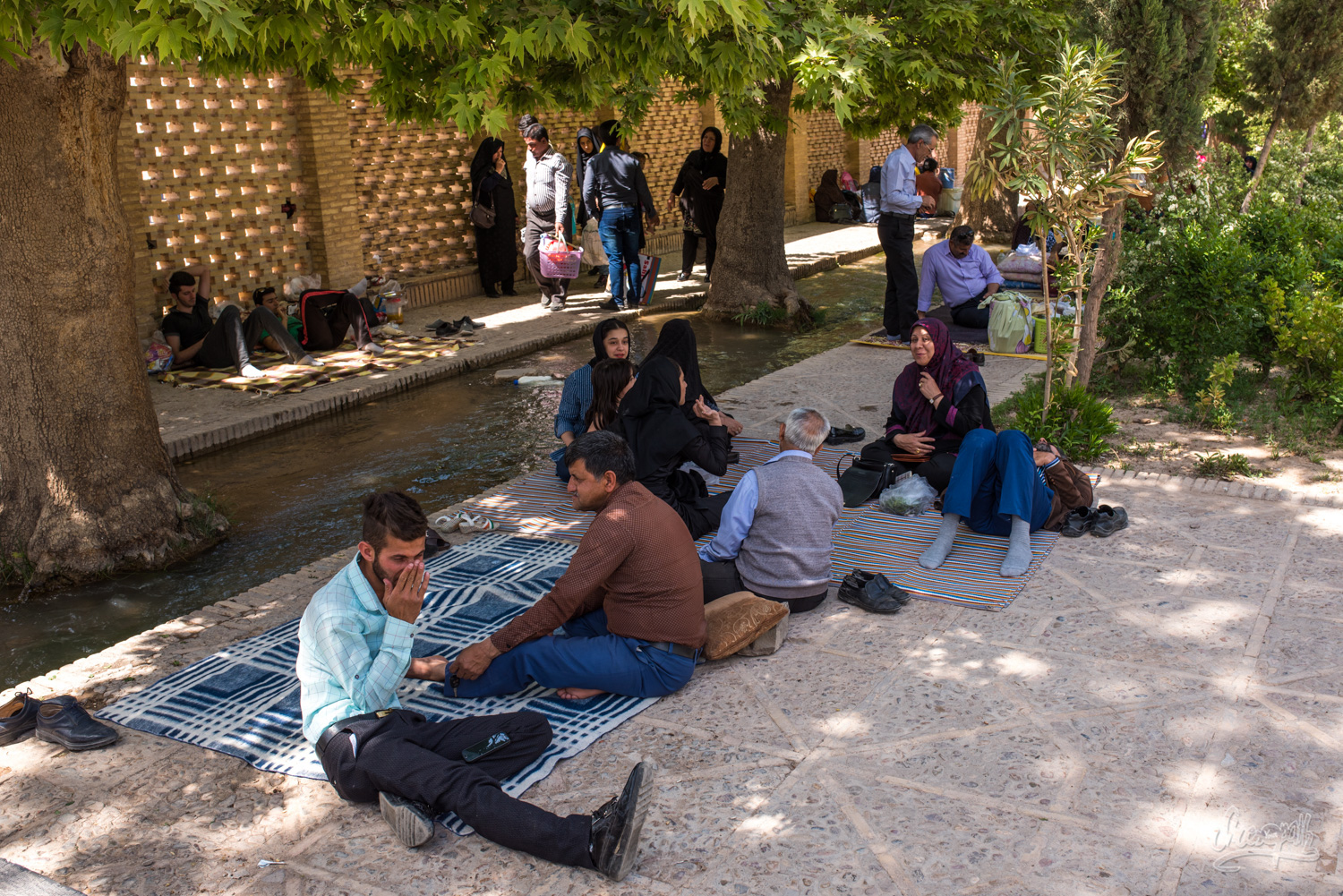
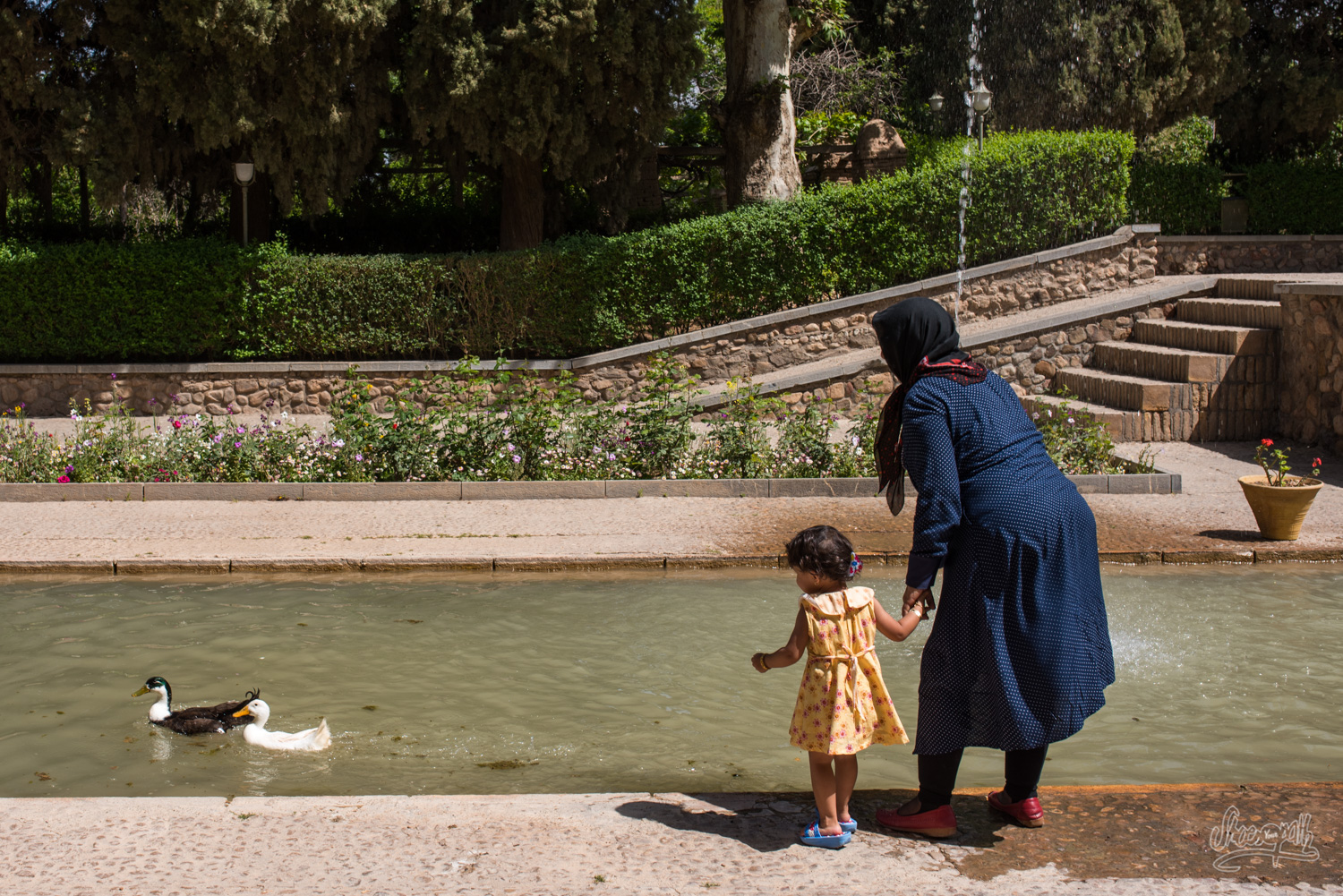
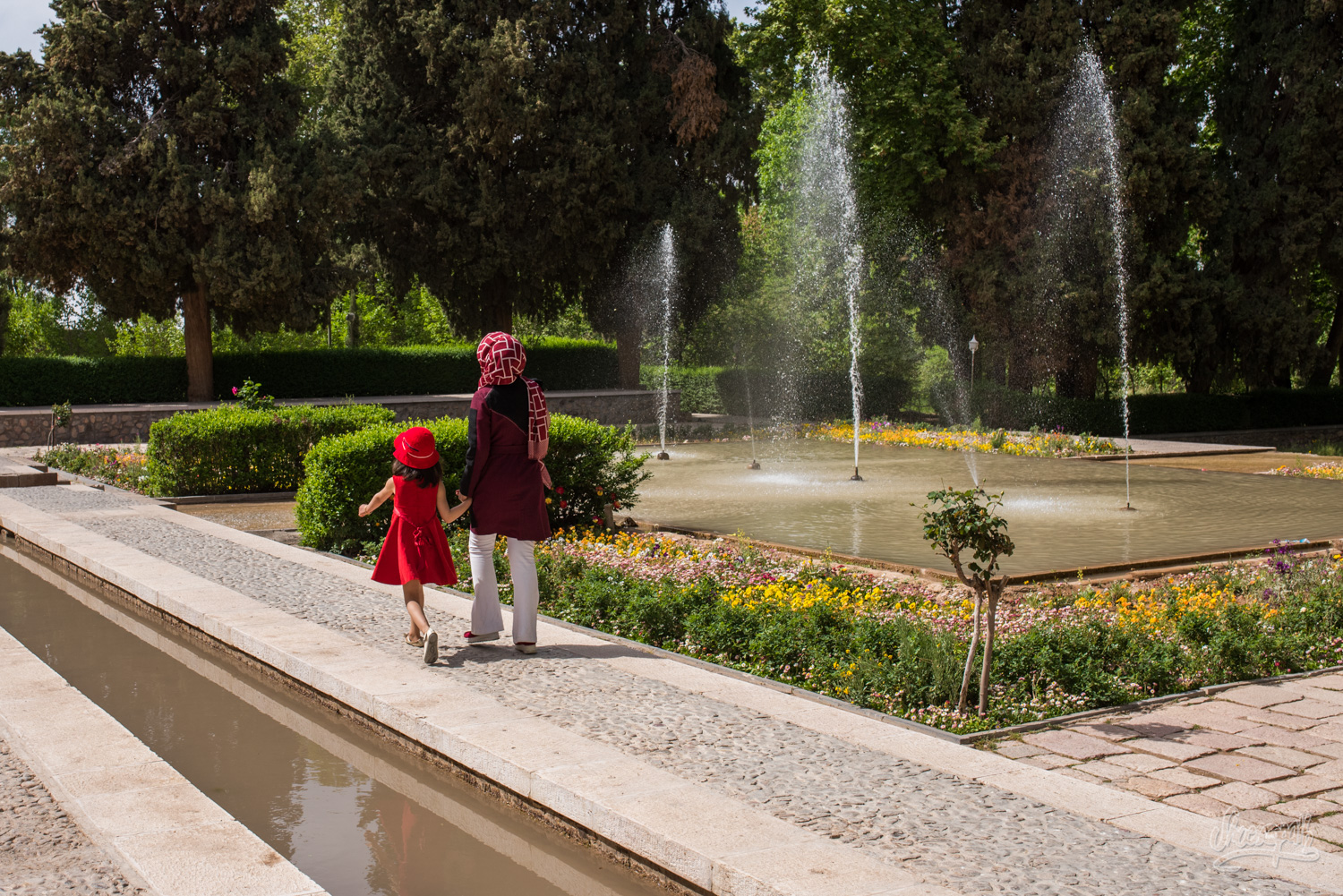
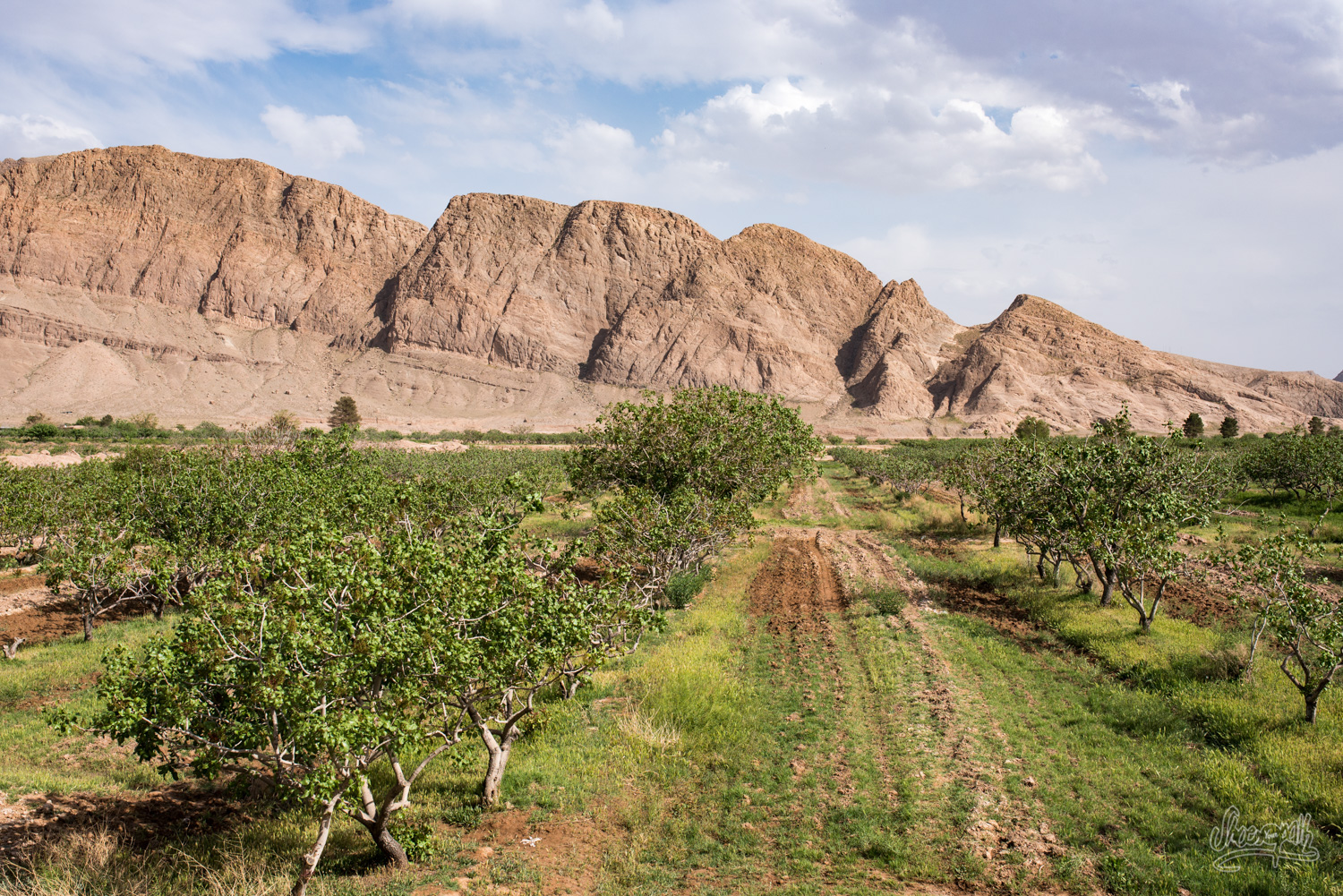
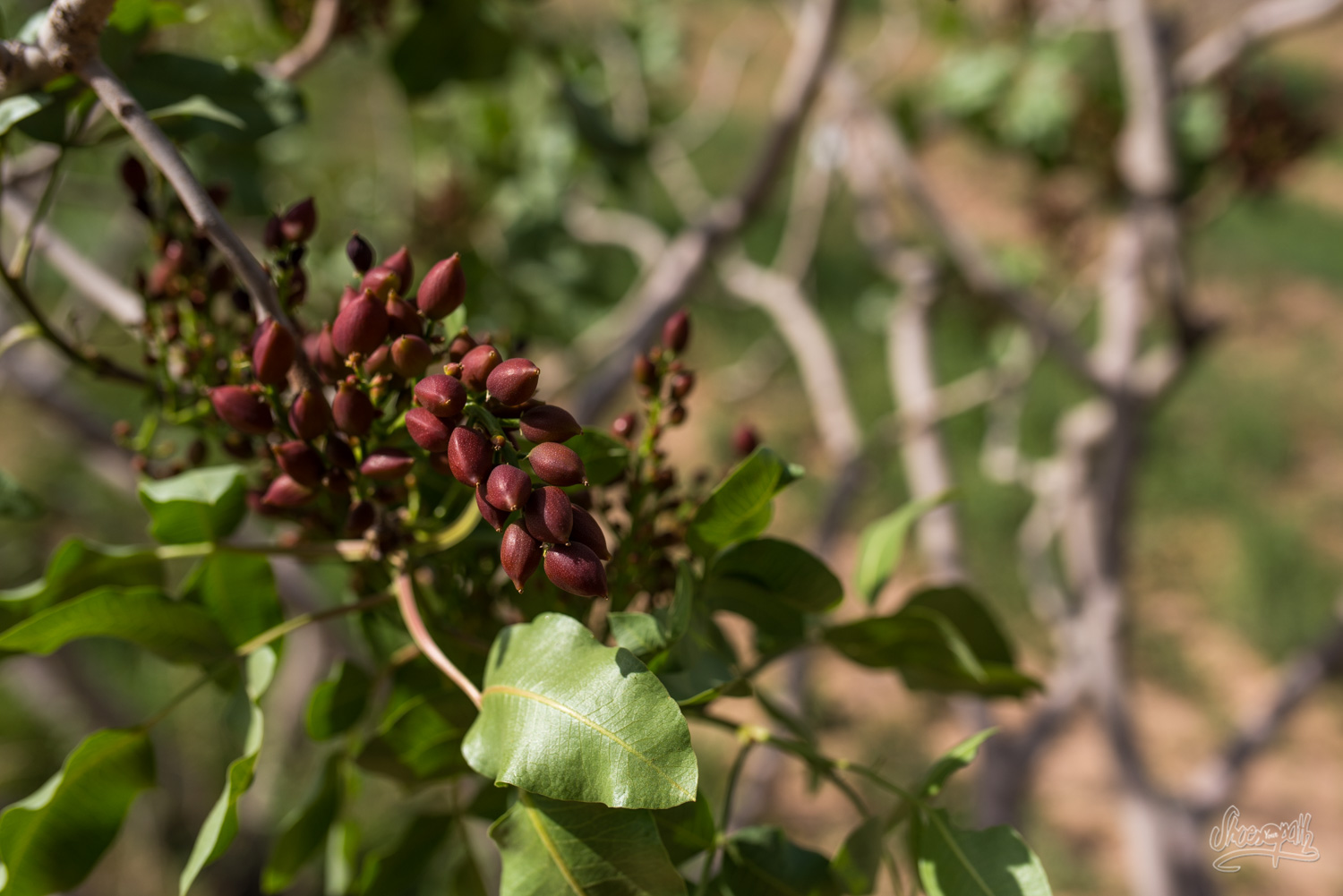
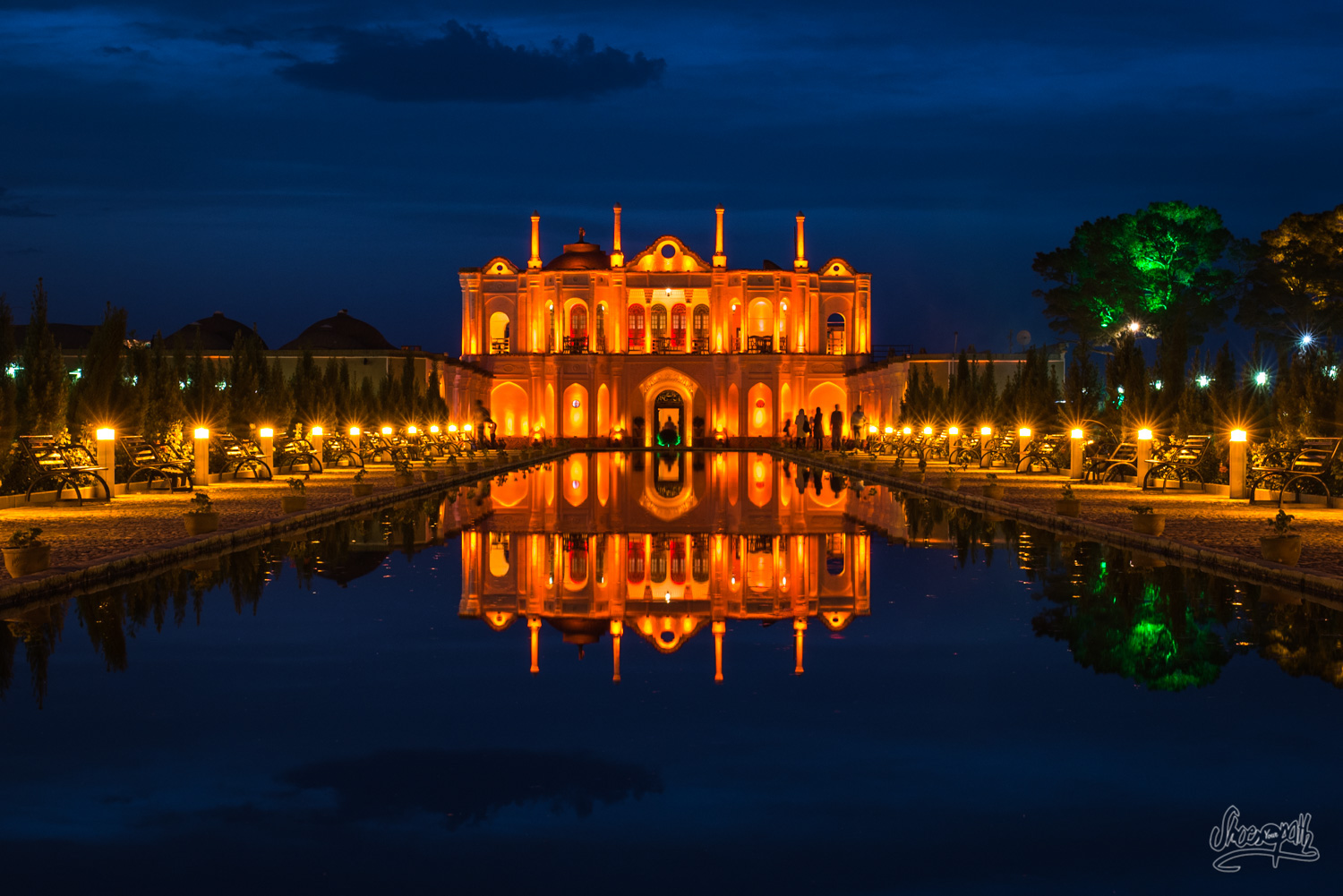
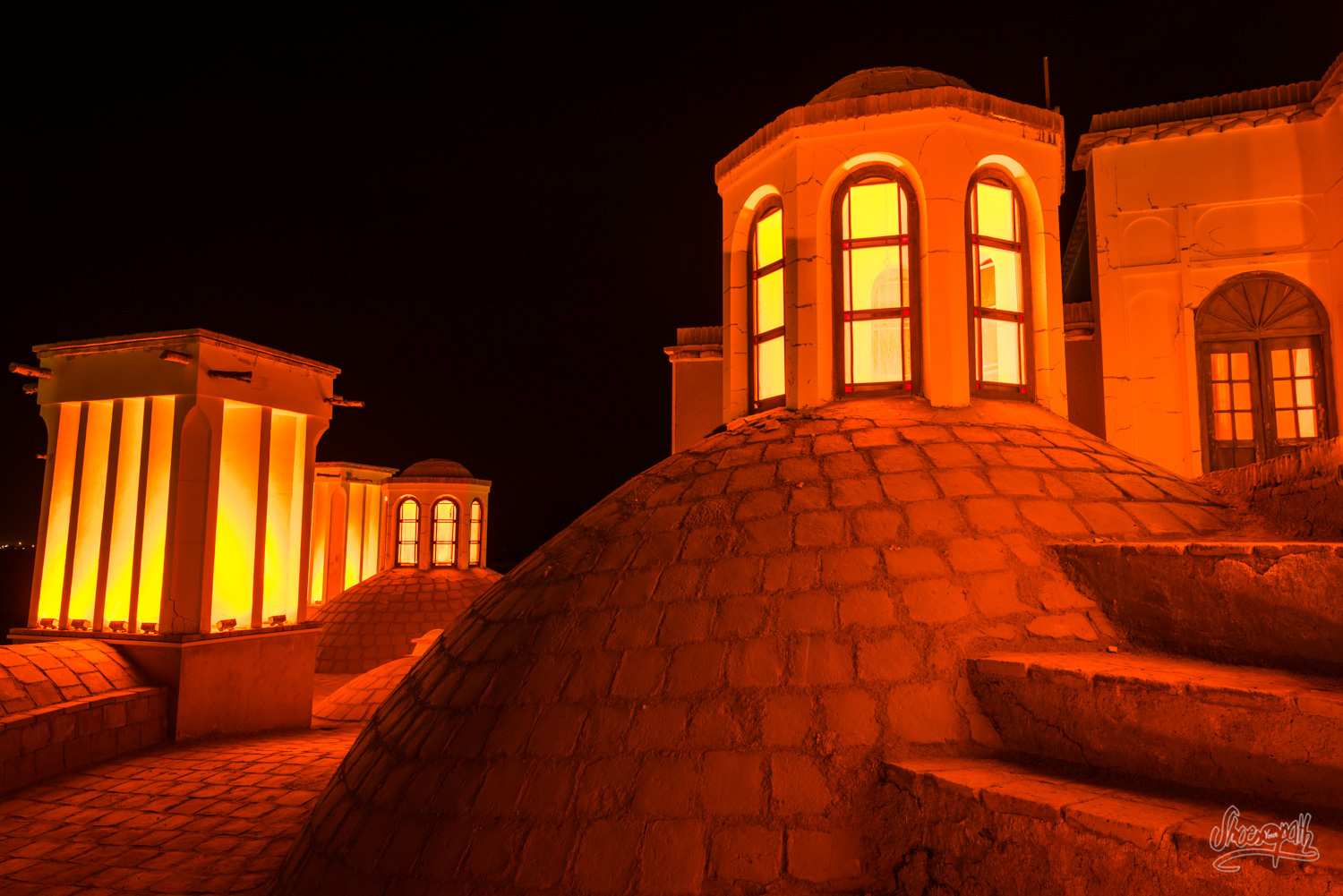
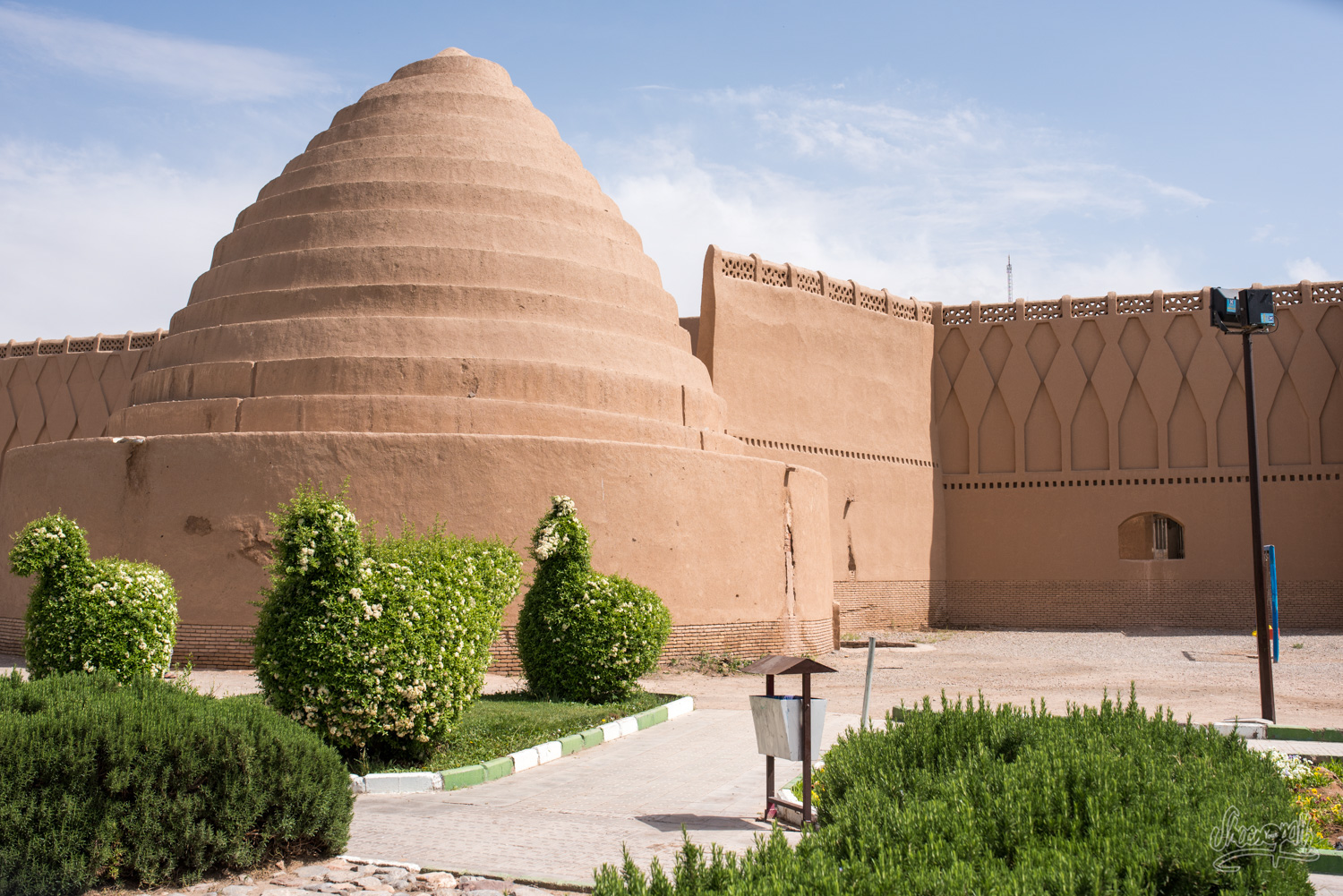

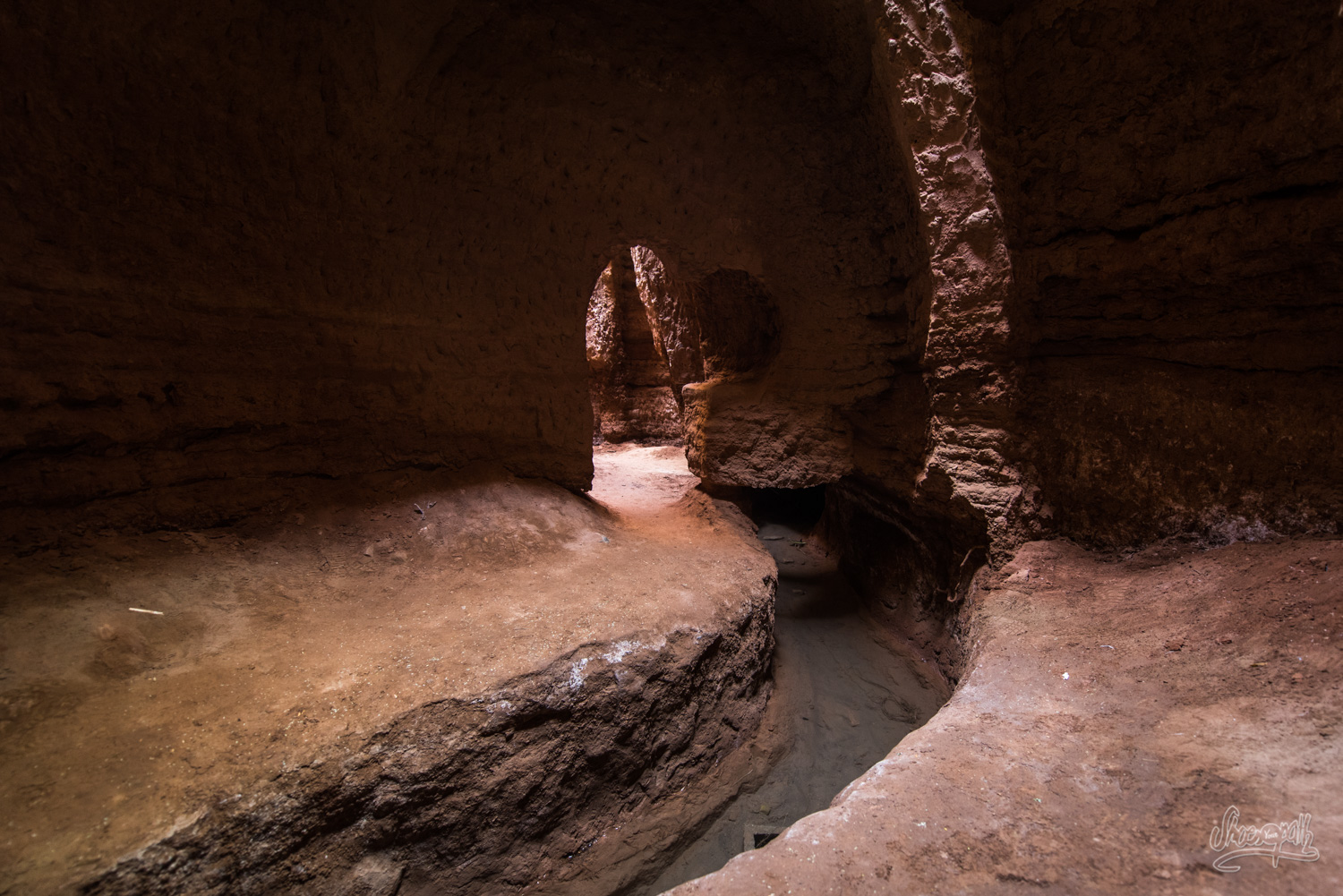
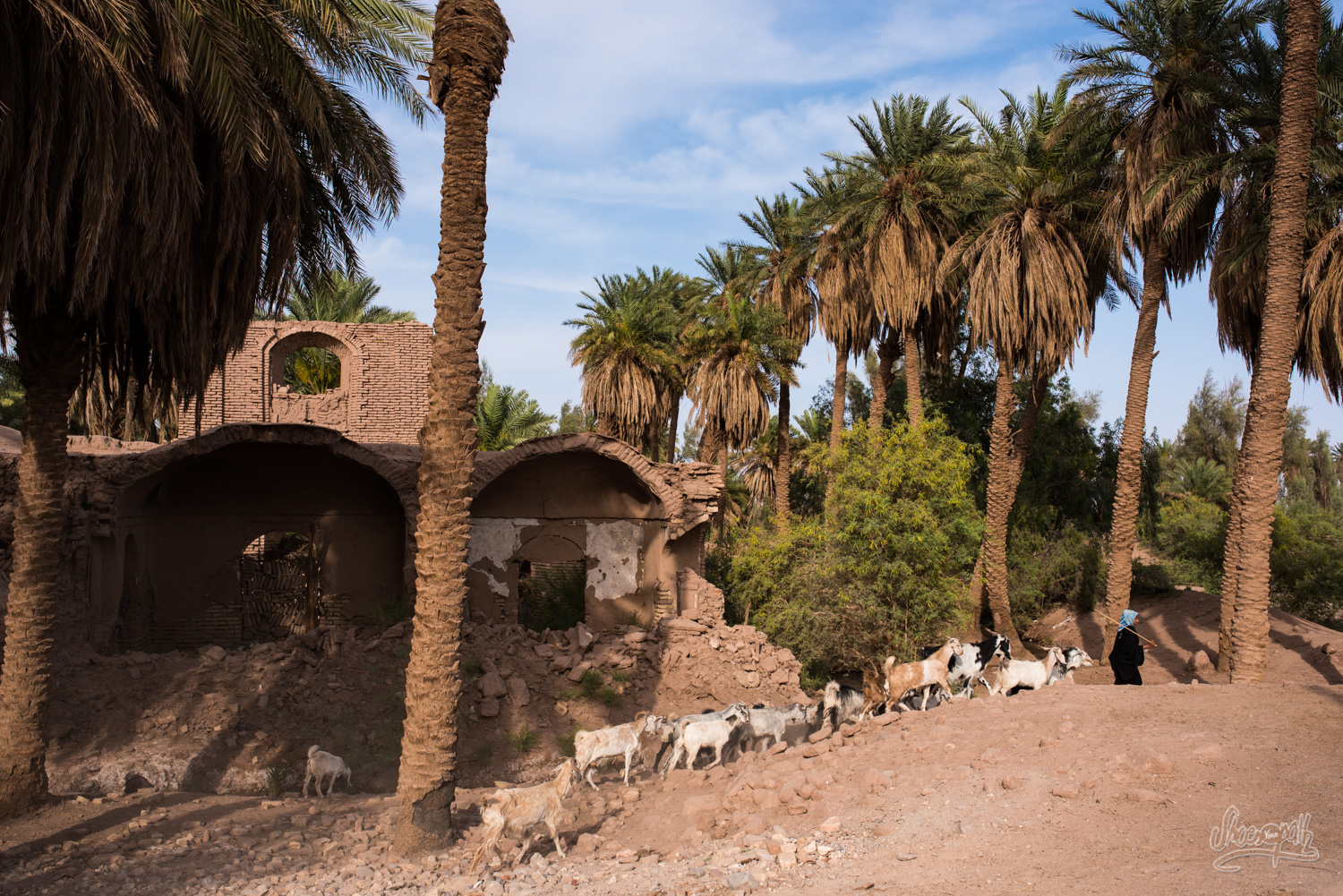
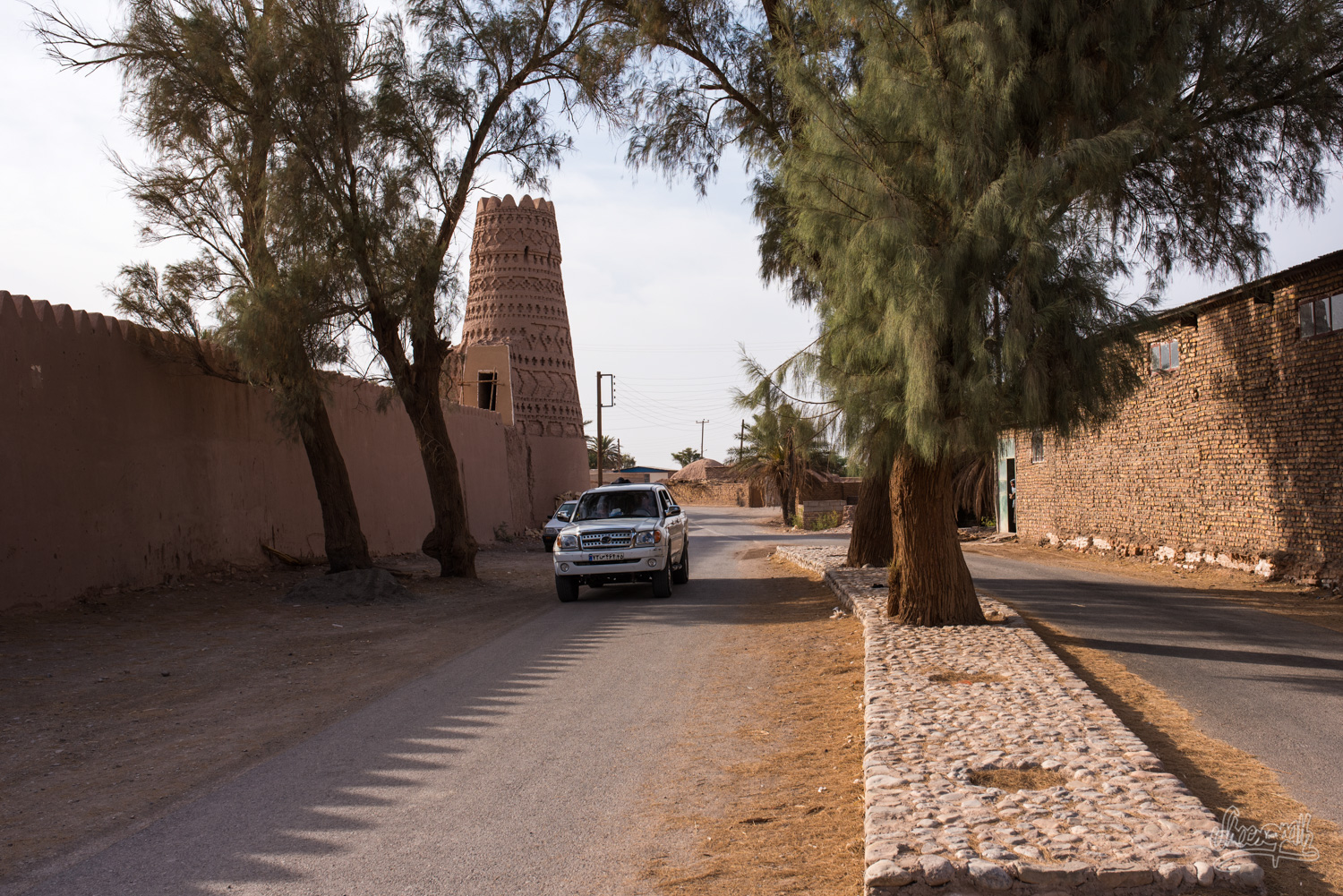
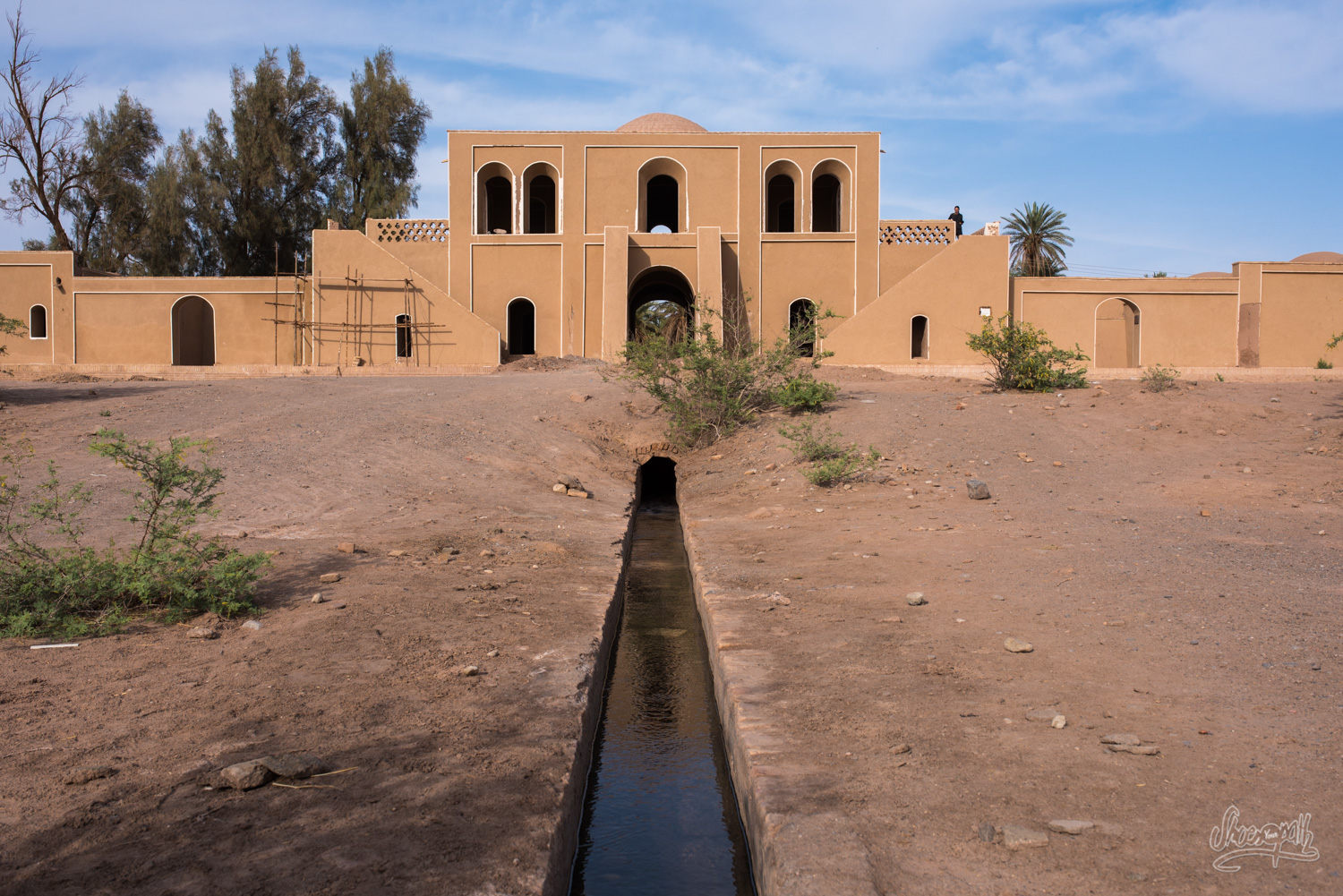
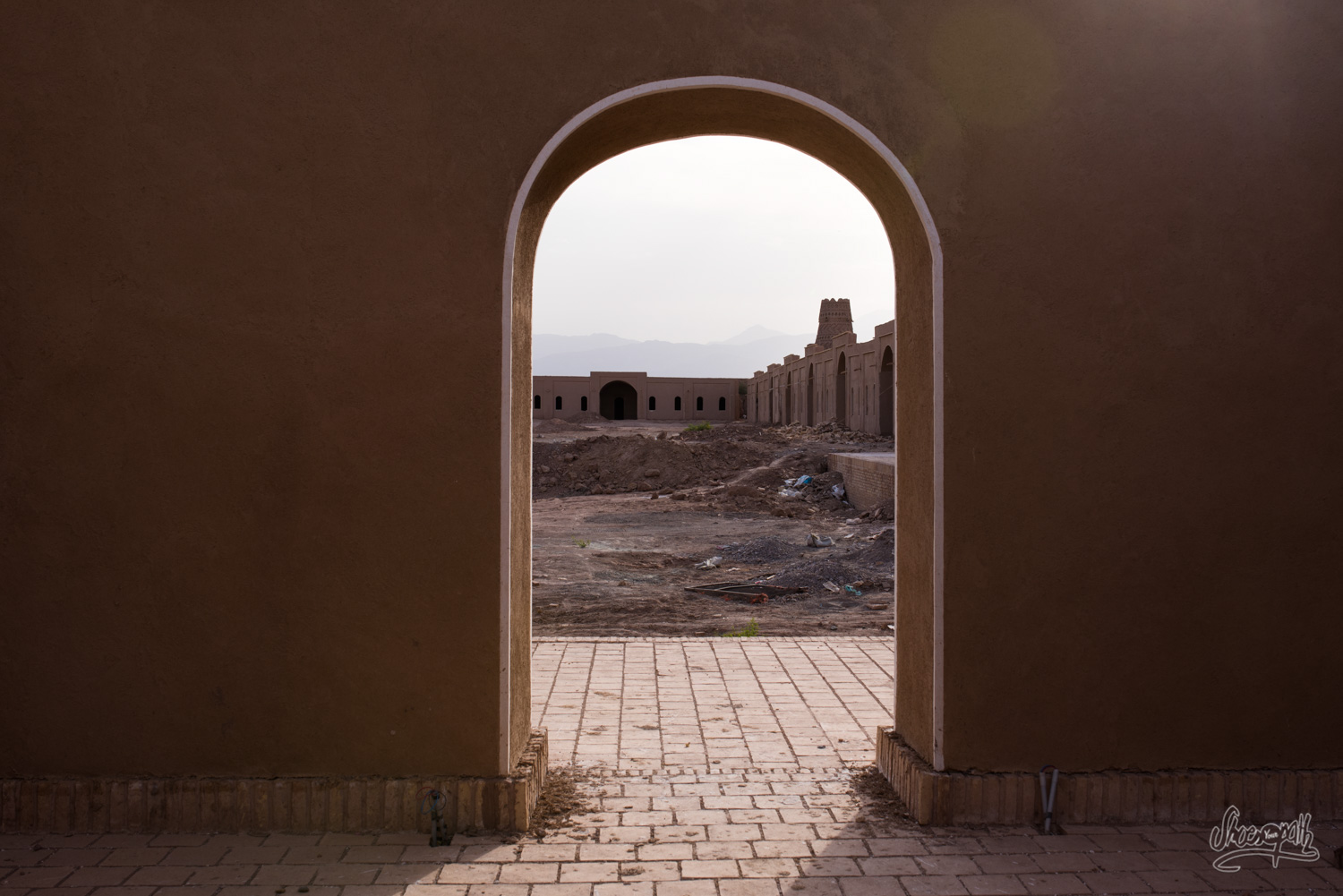
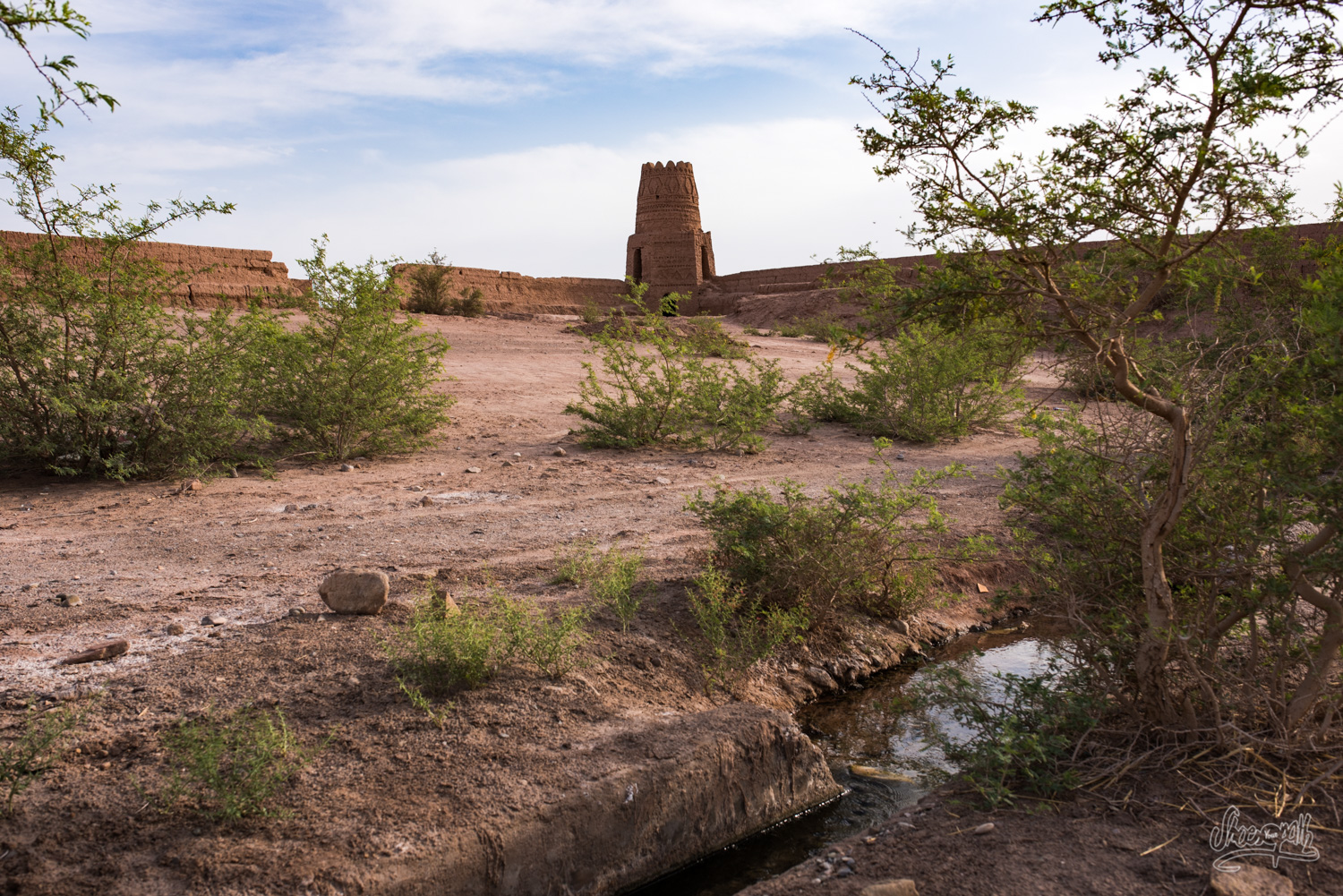
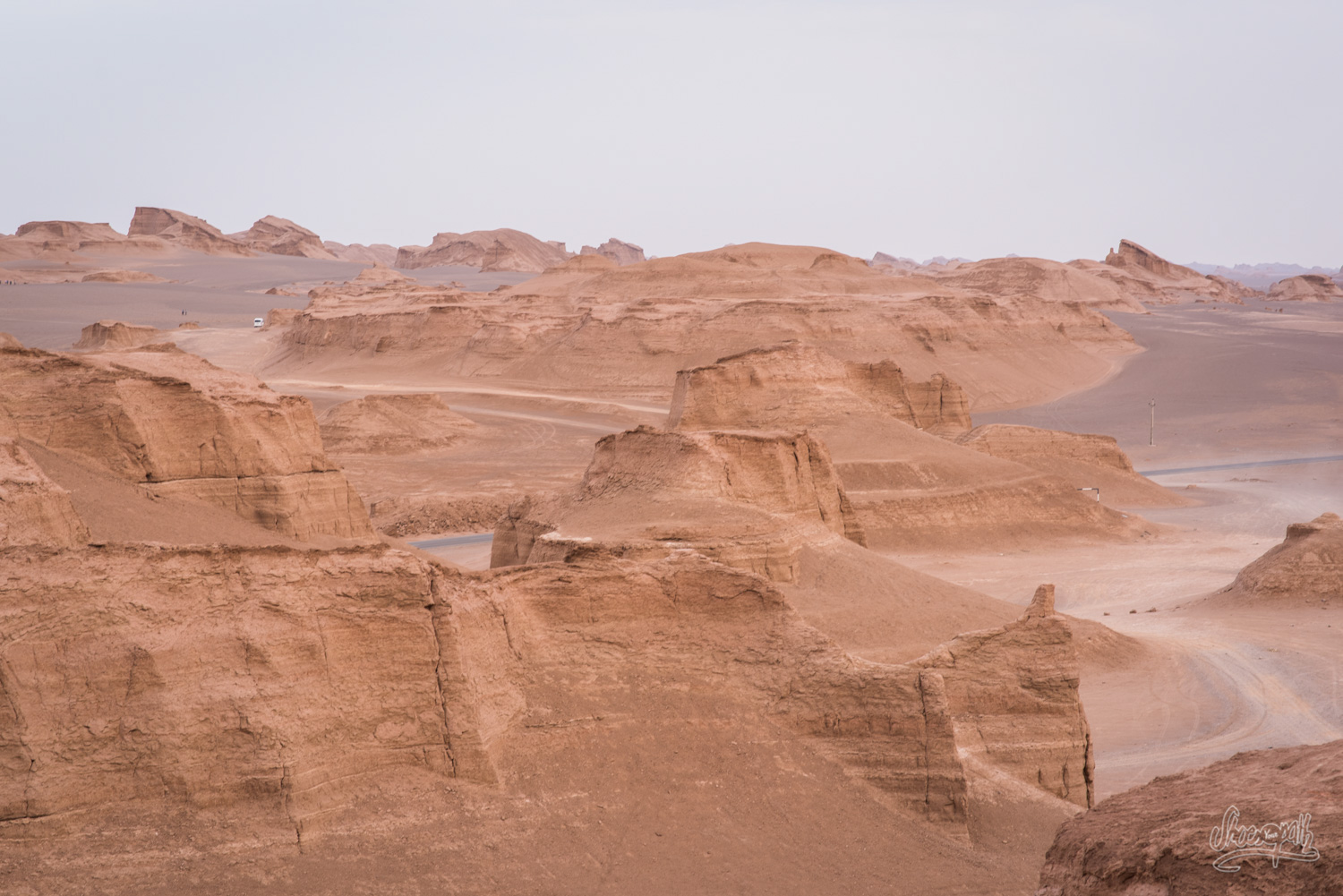
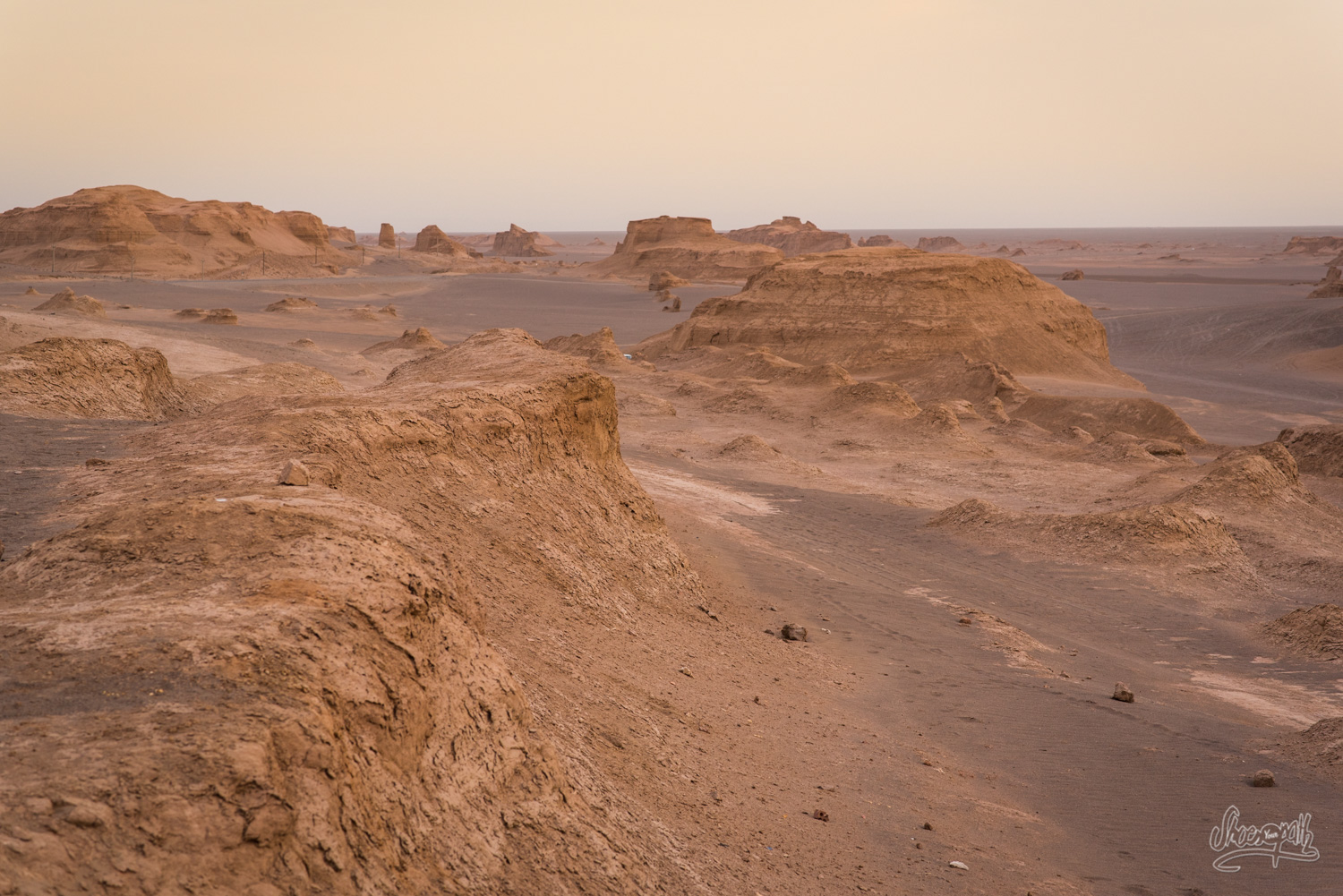
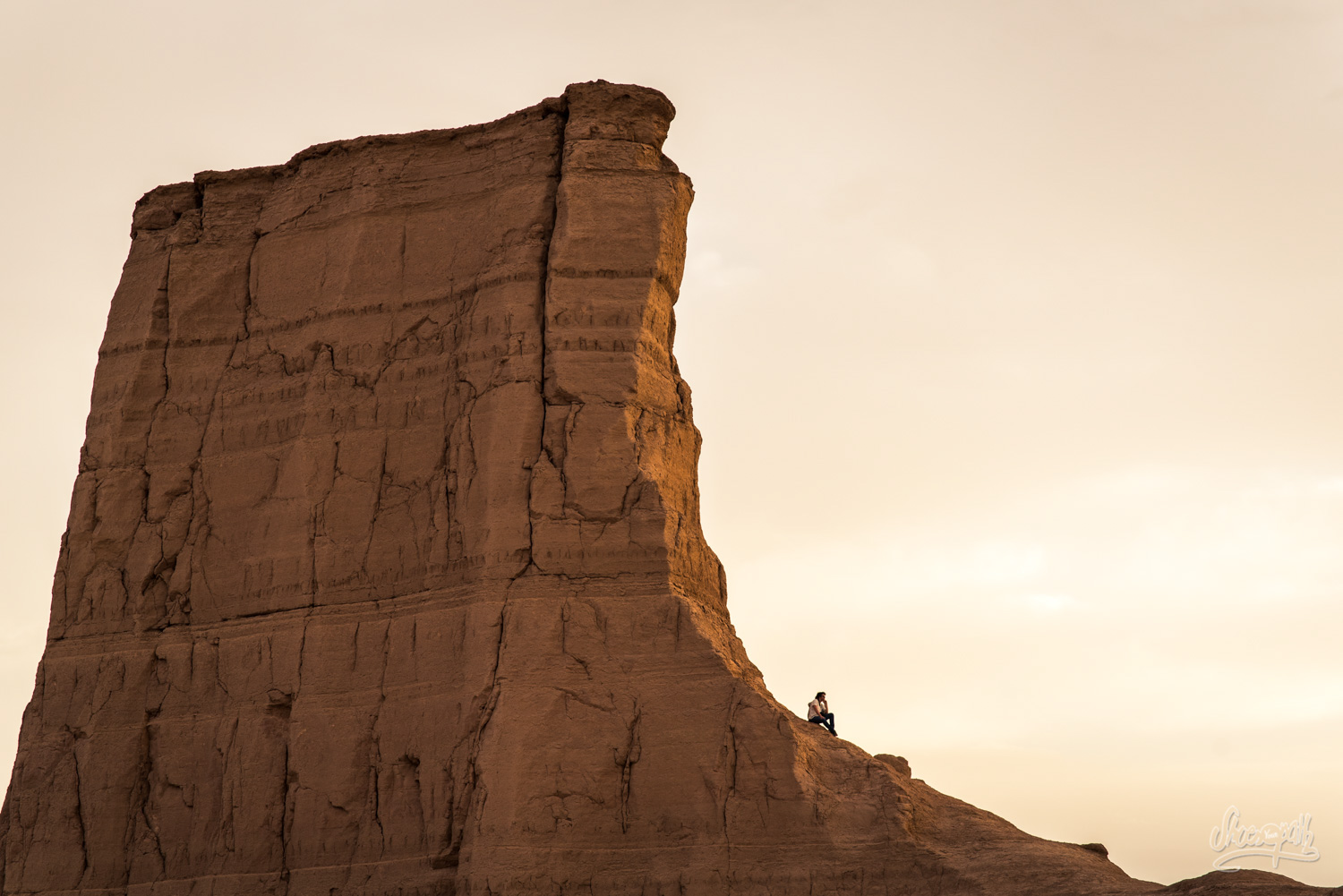
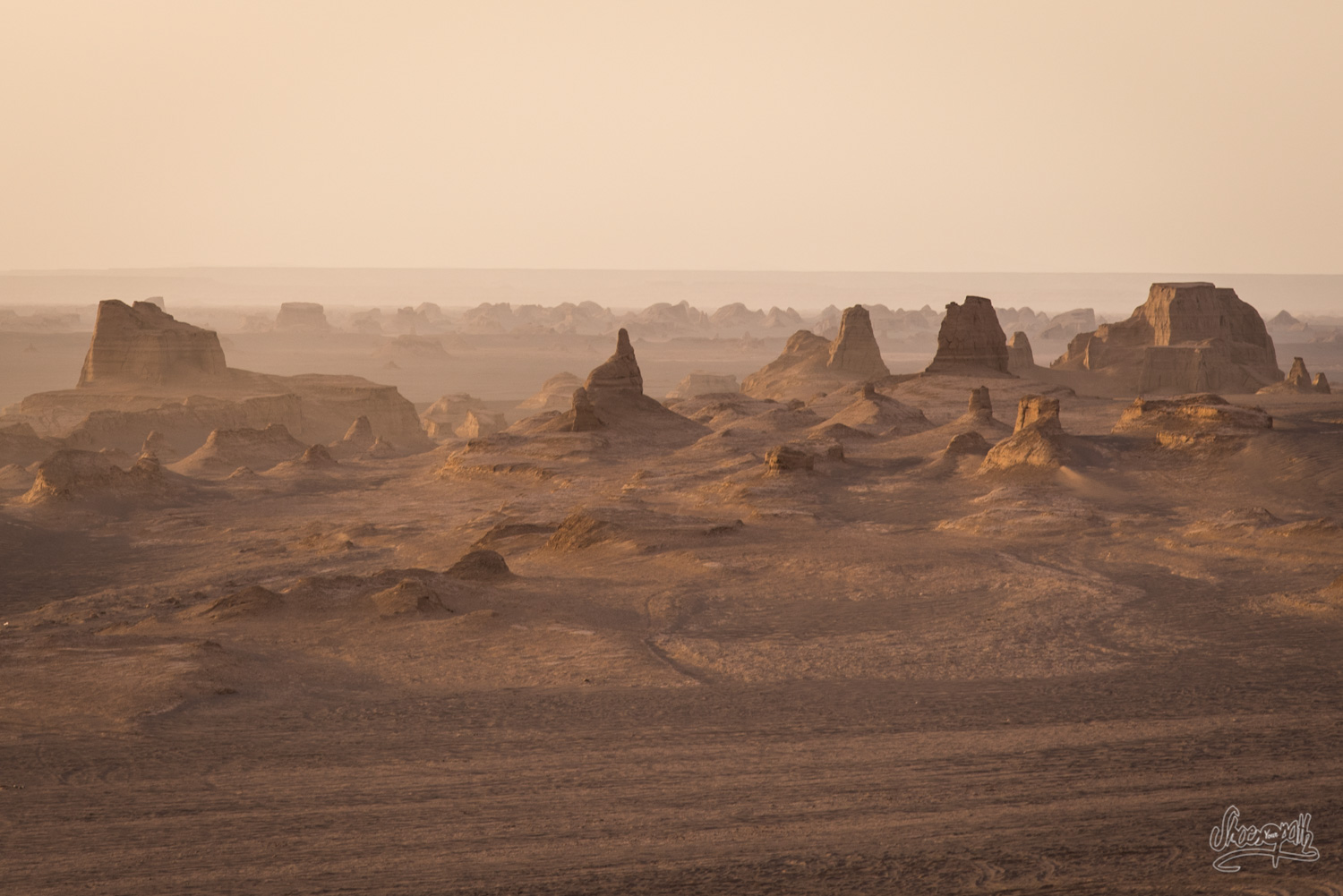
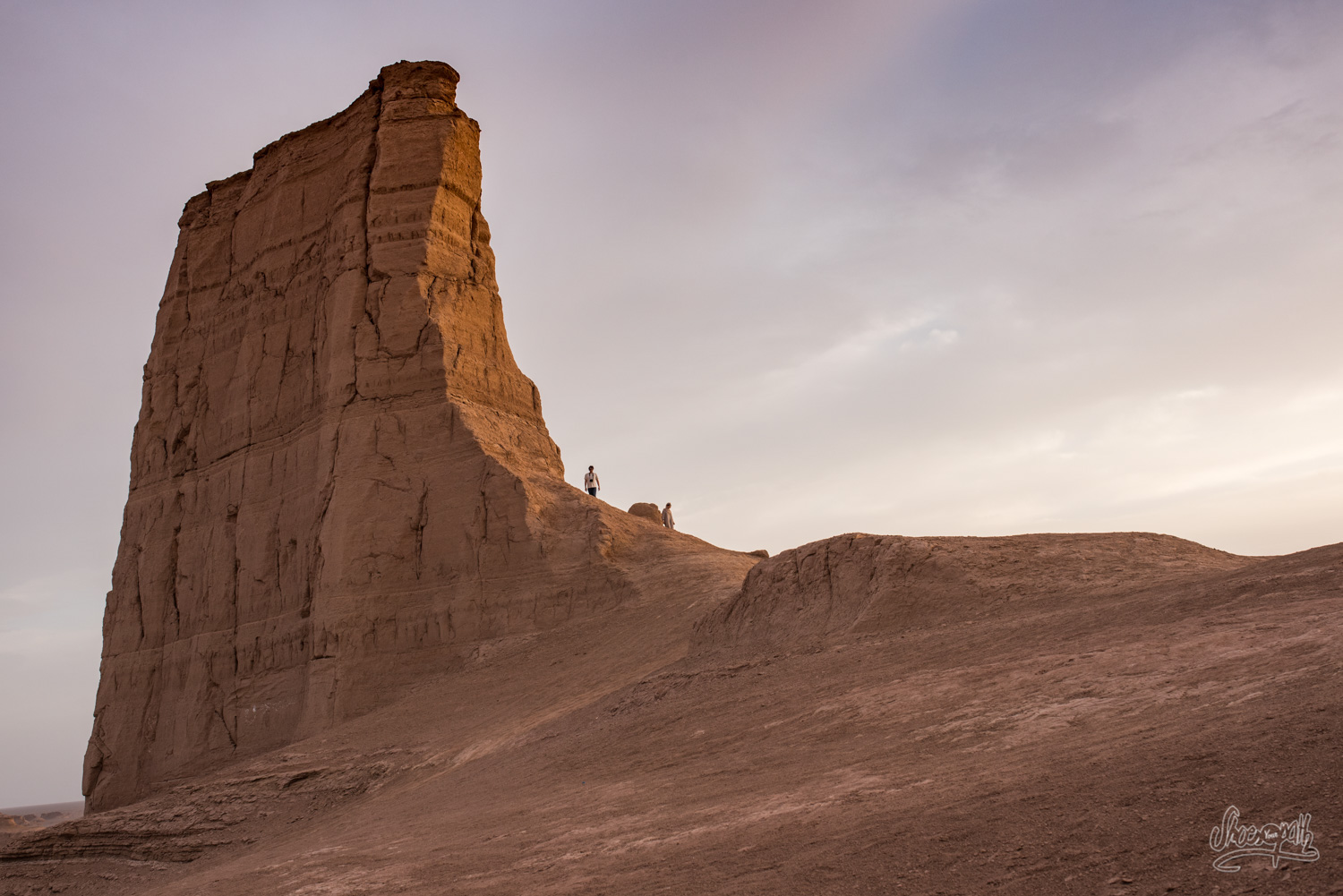
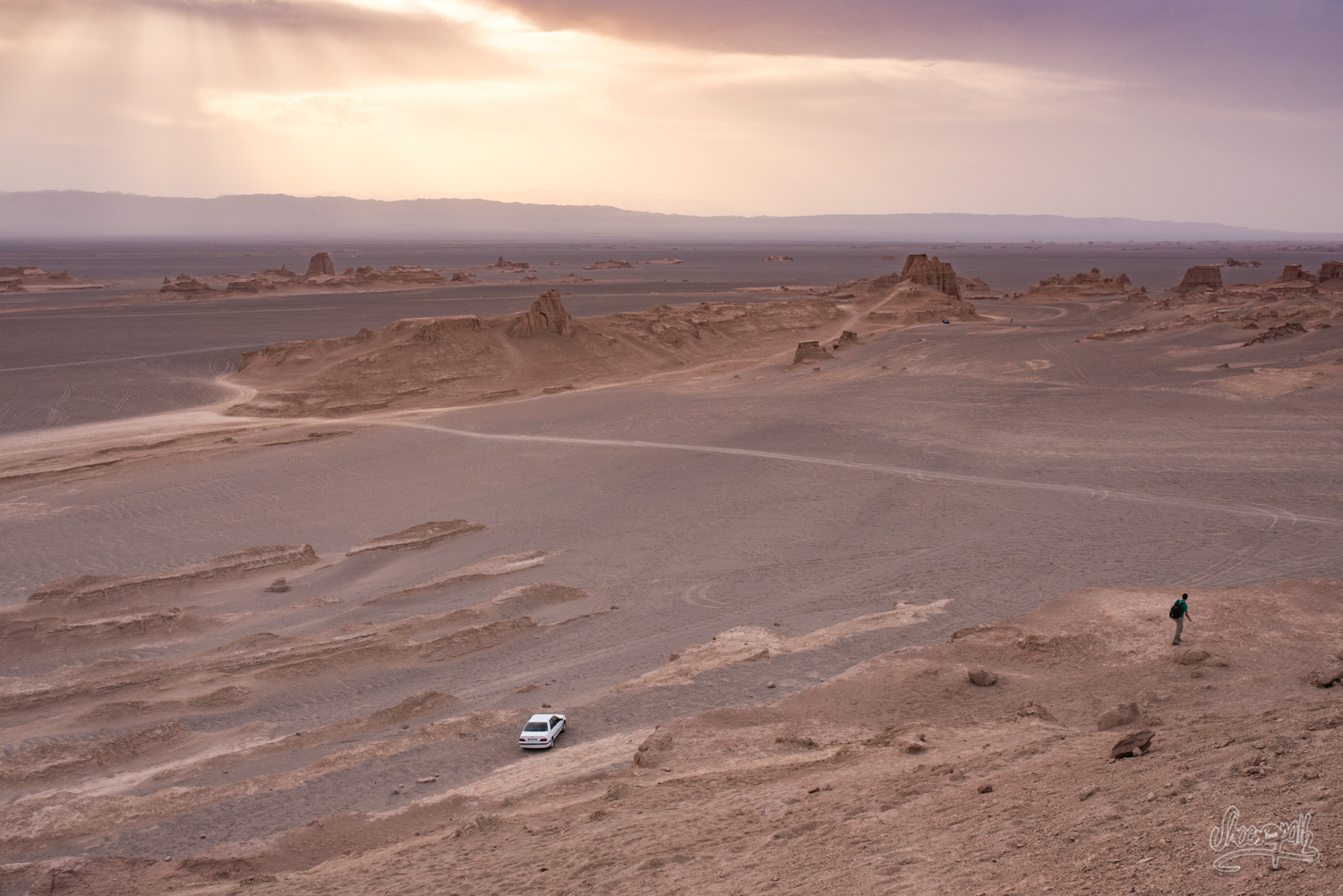
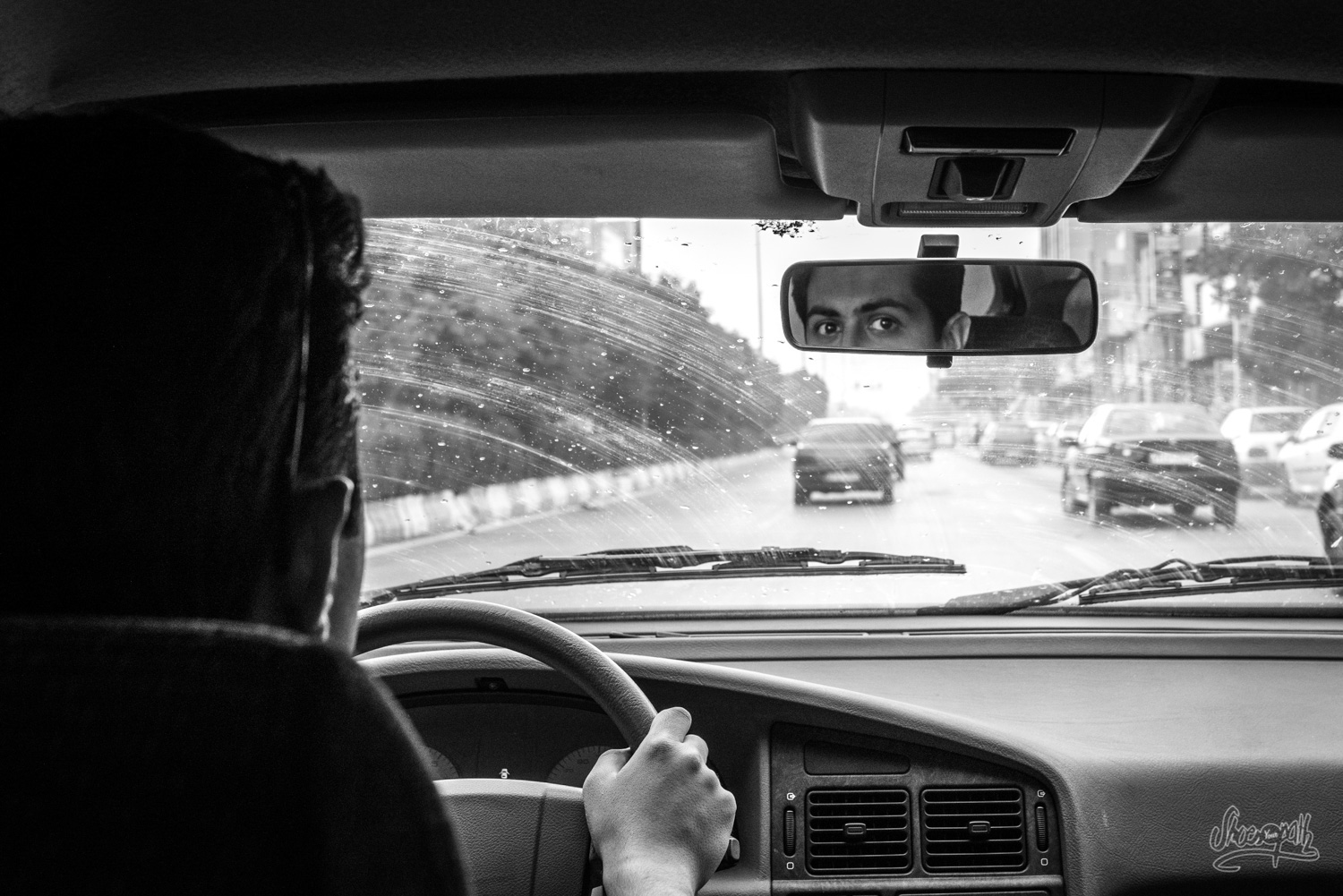
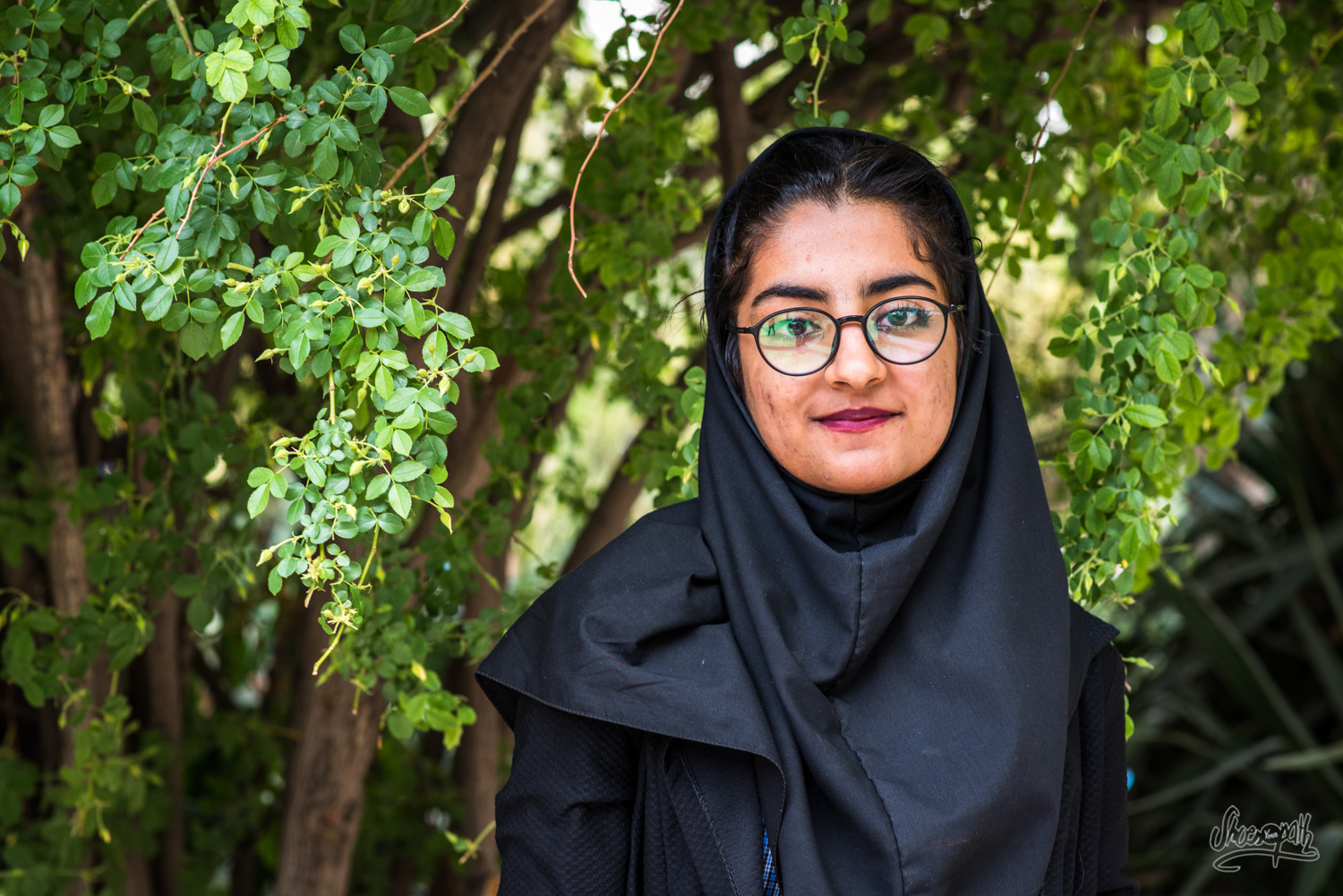
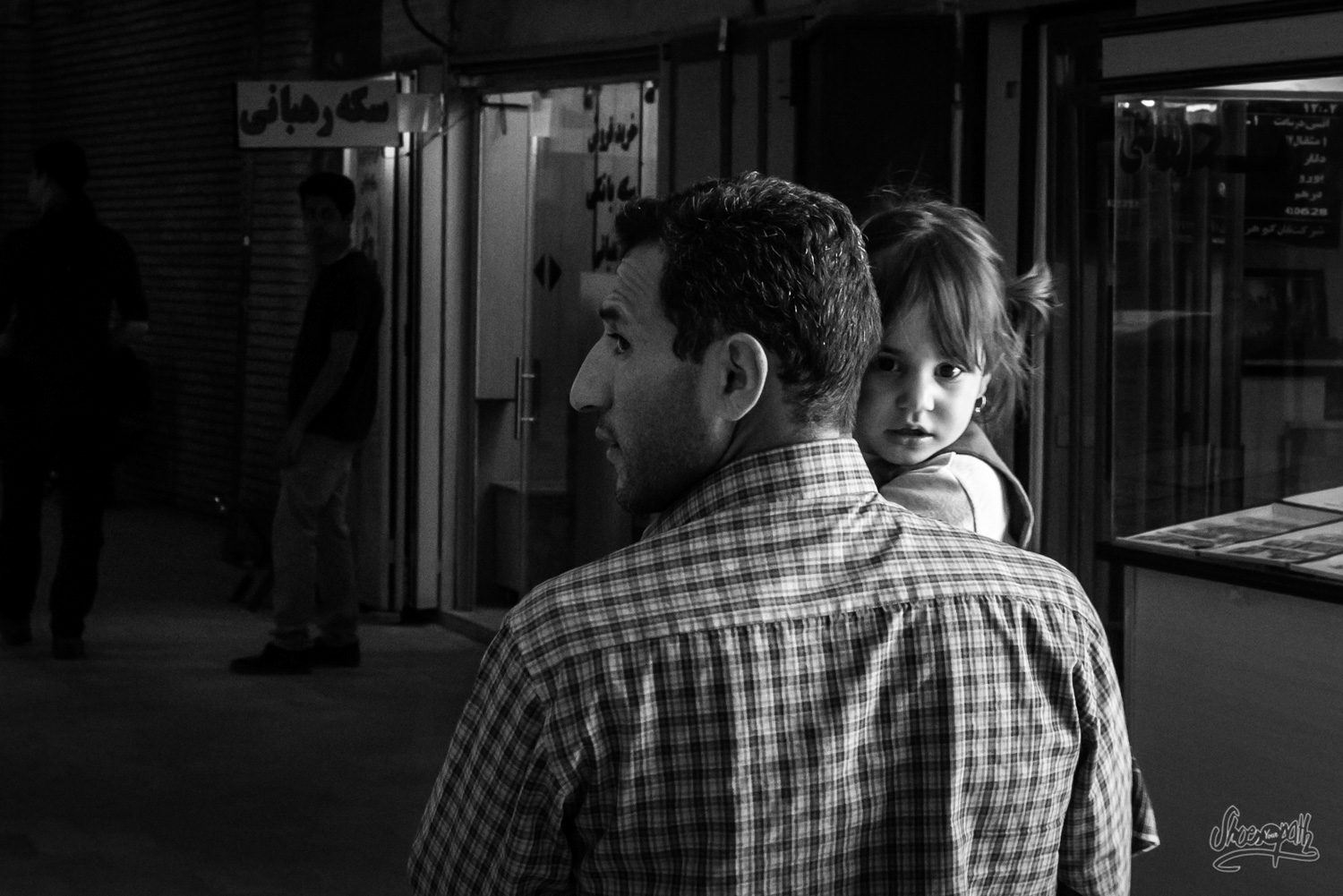
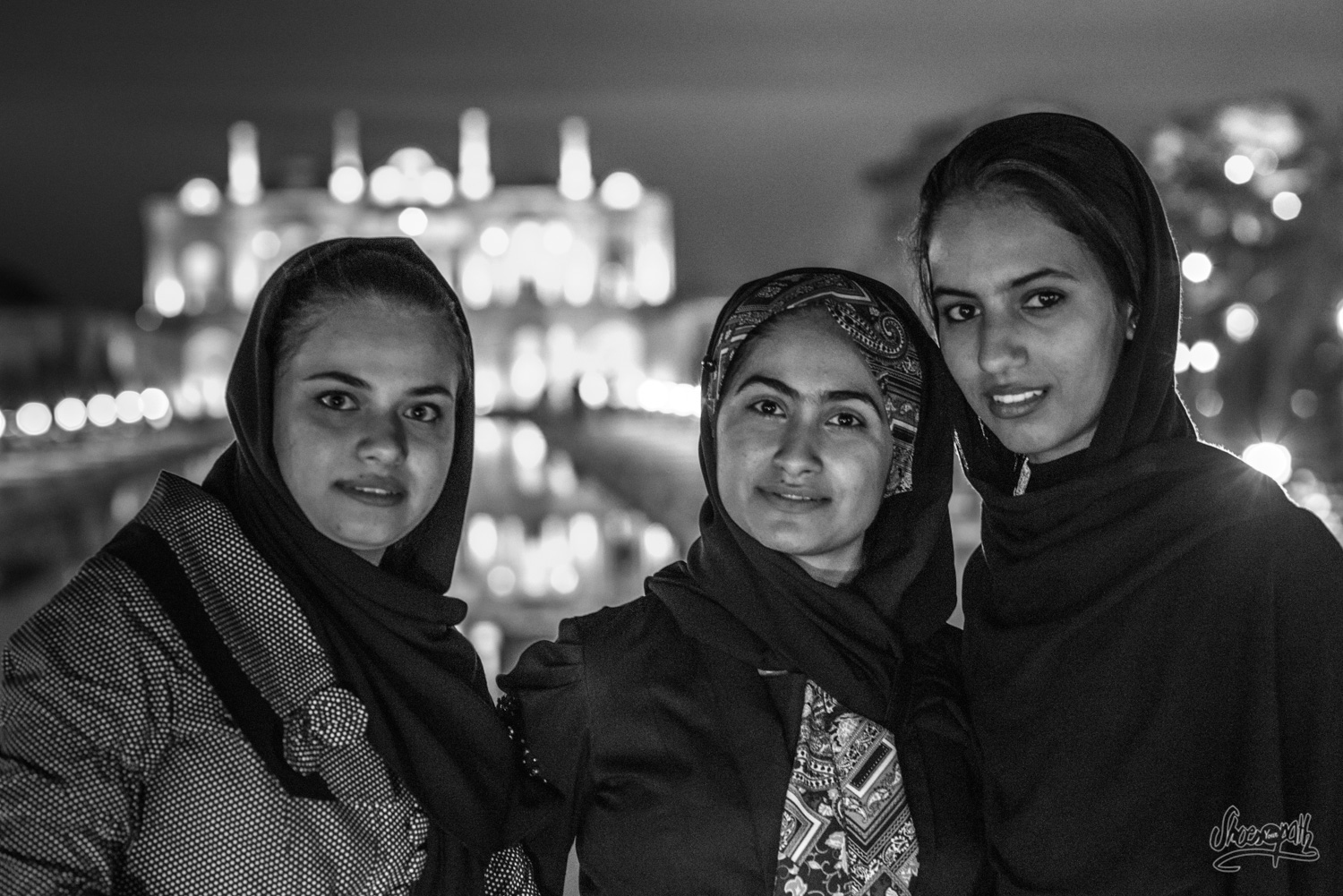
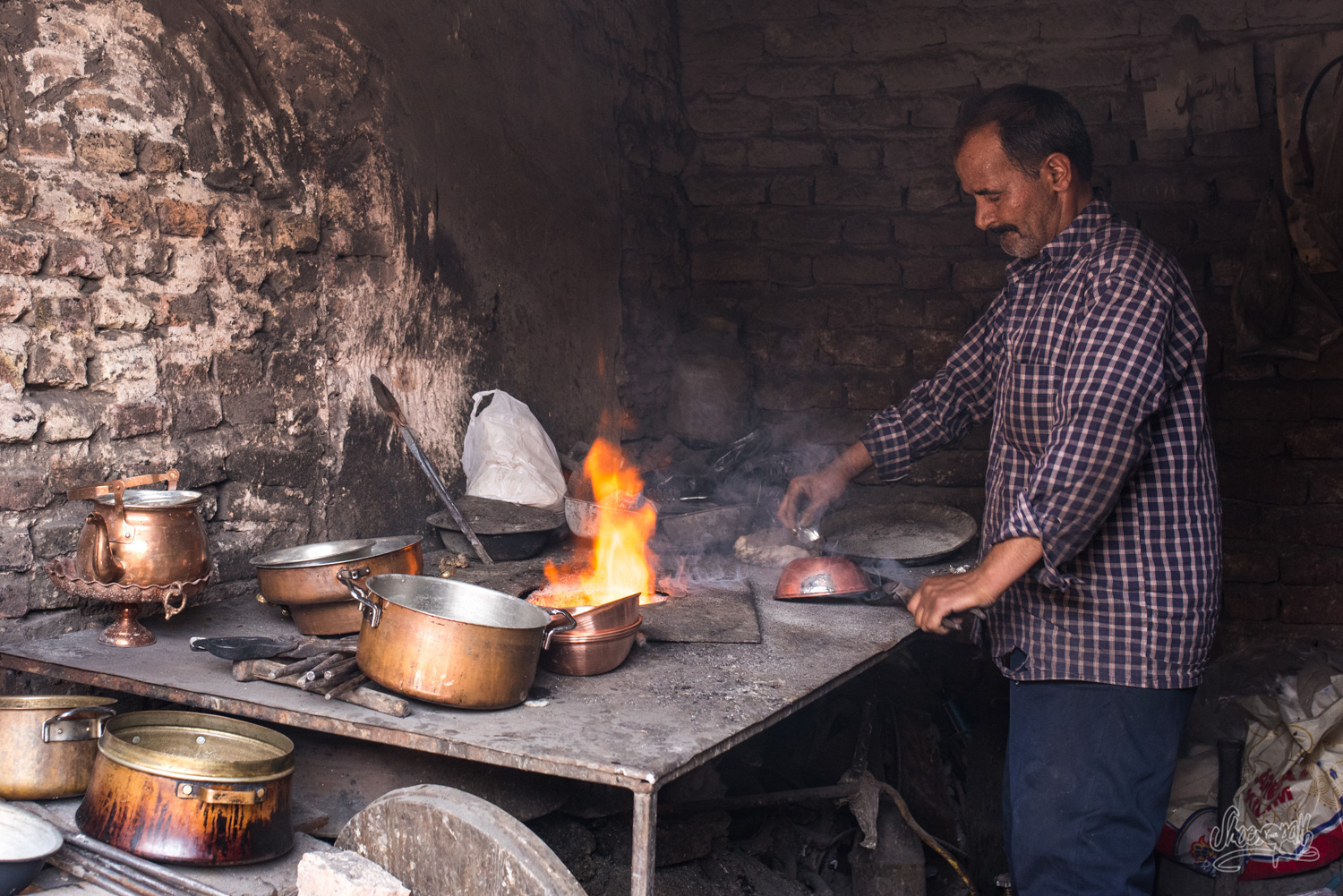
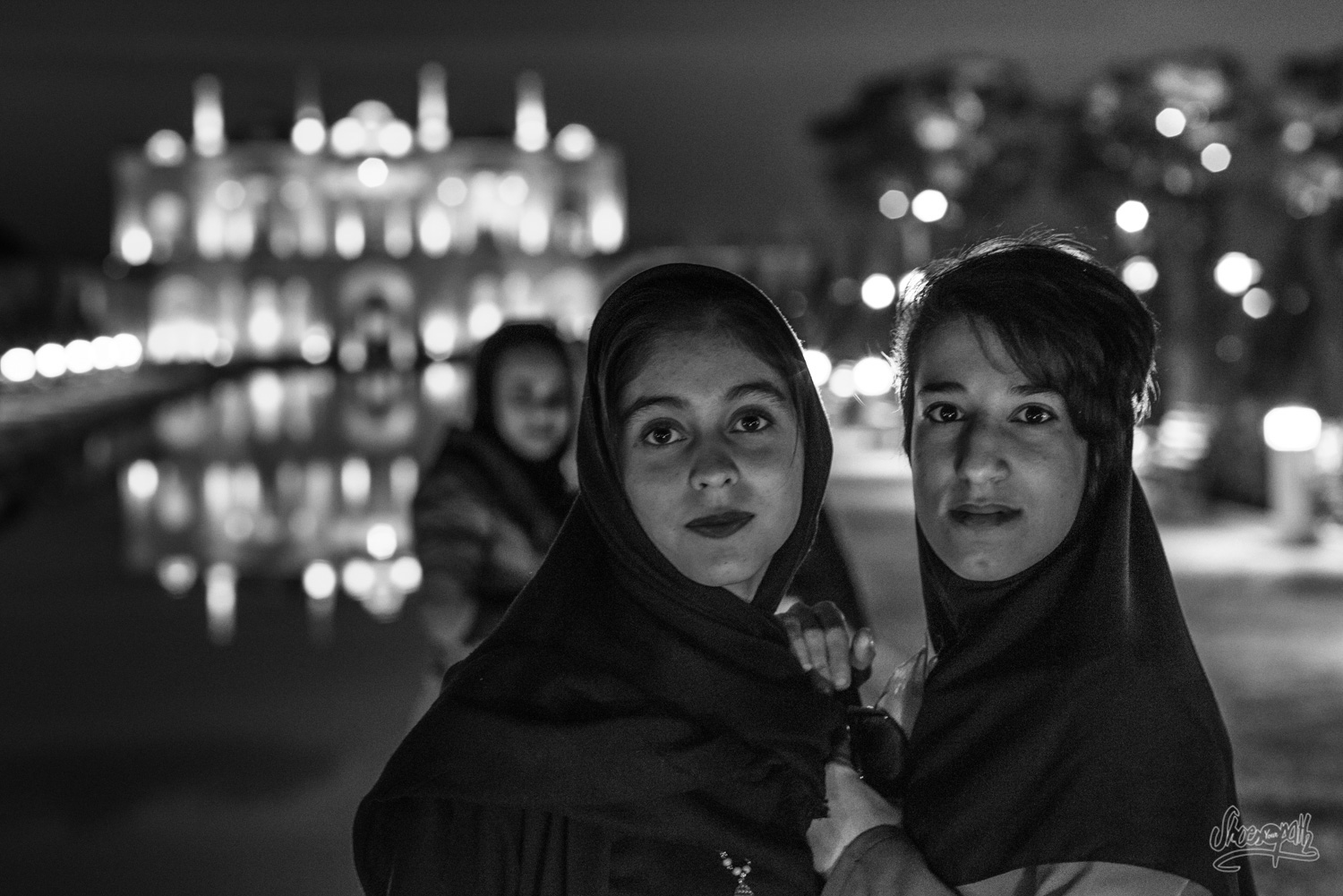
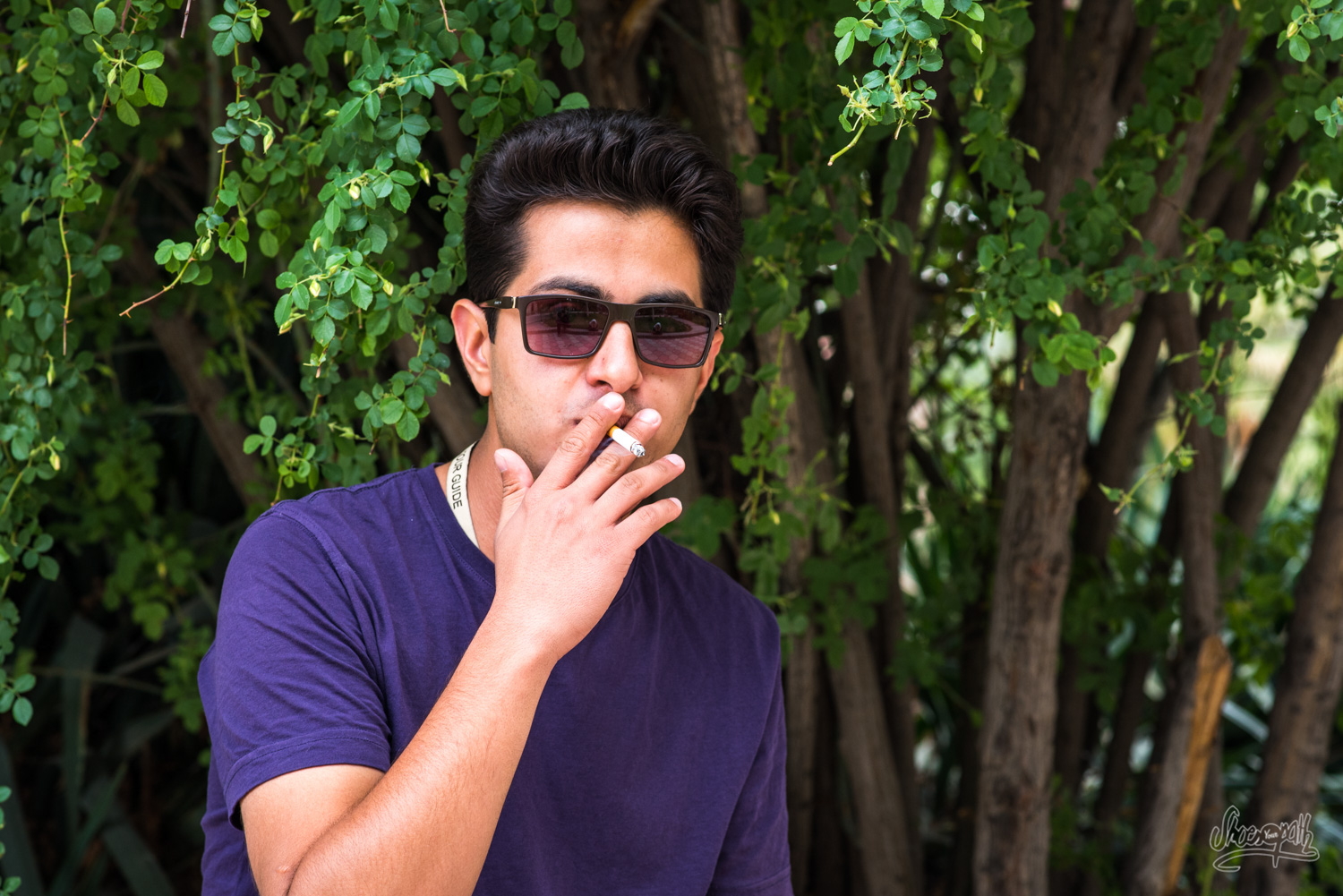
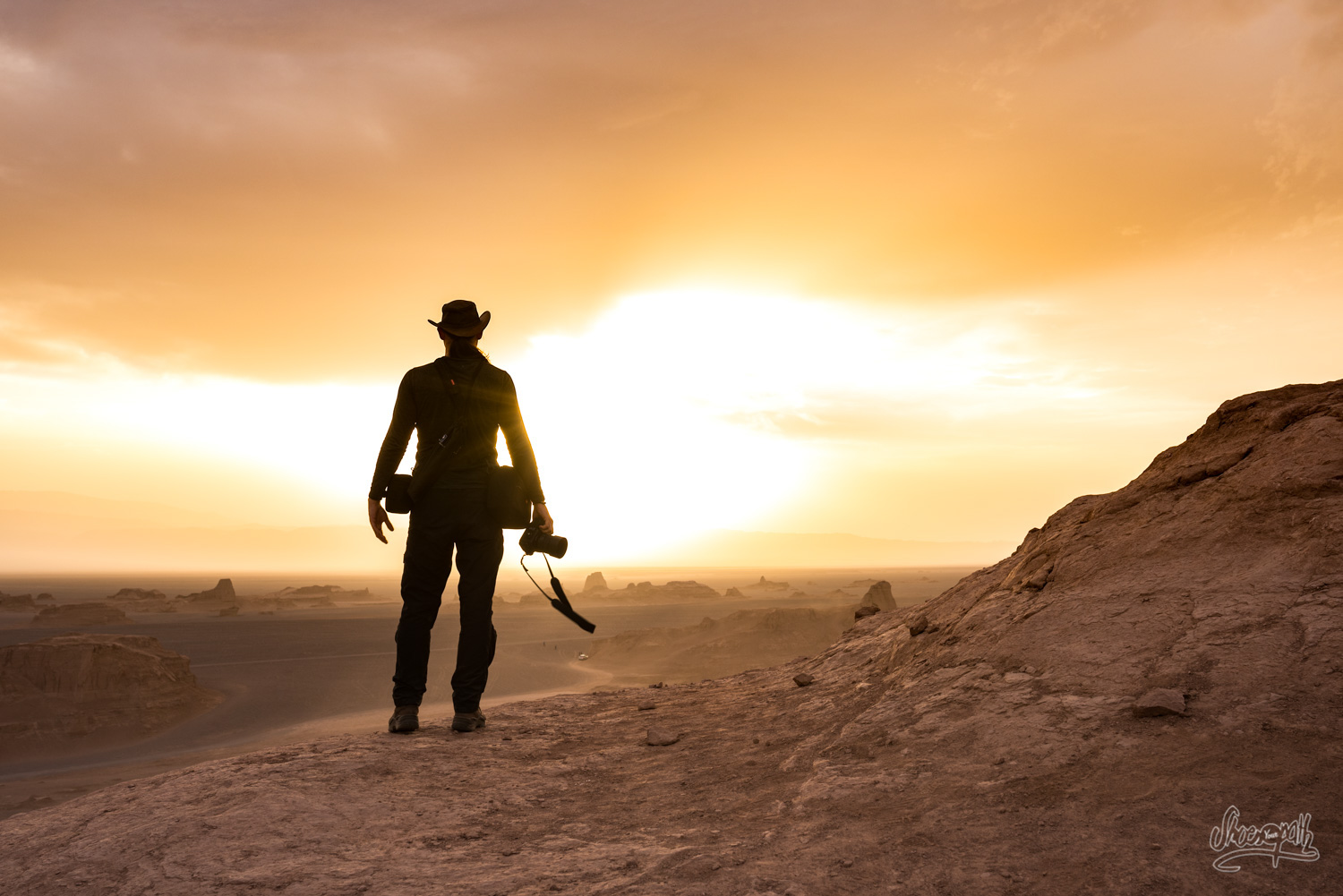
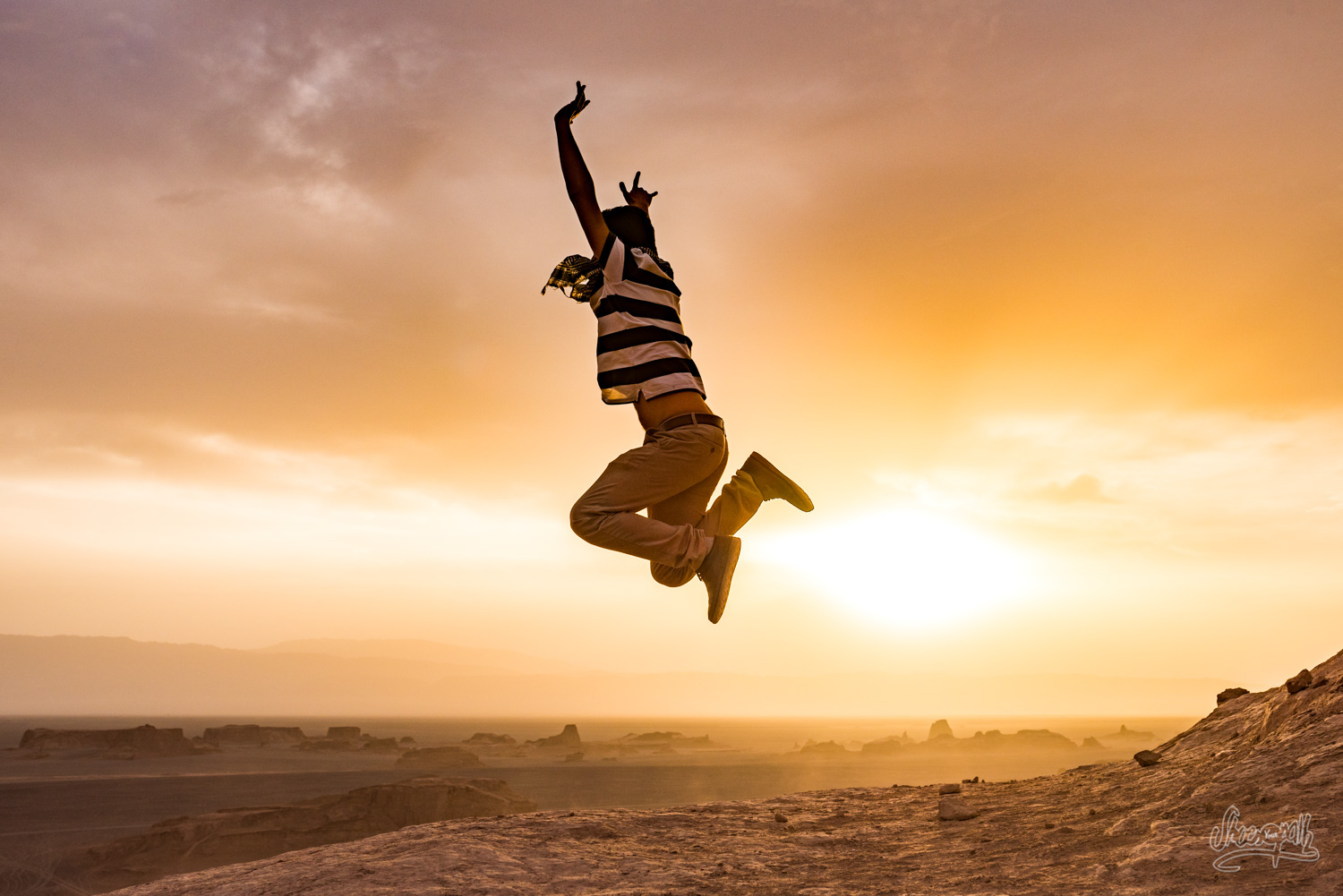
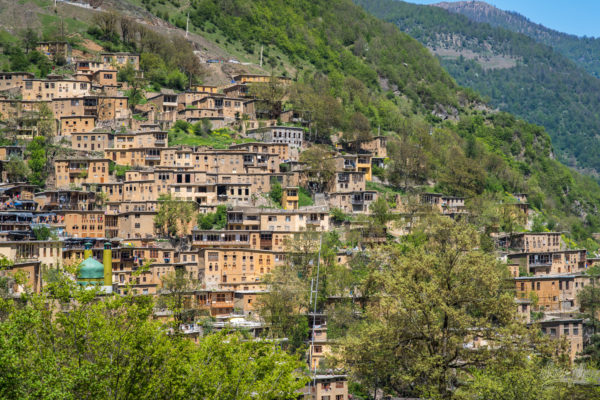

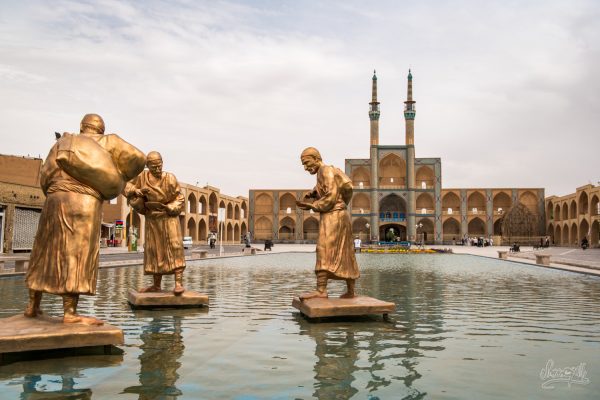
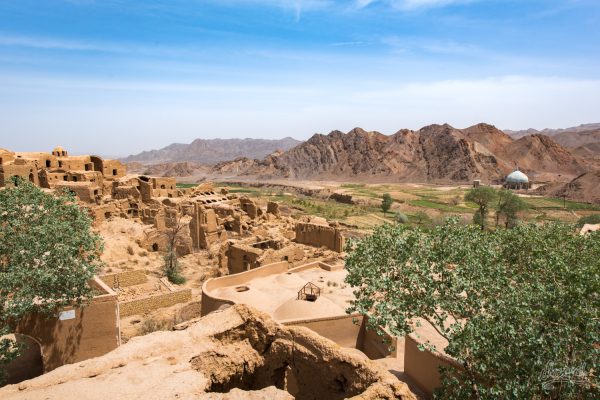
Hi, I have loved reading your travel stories in Iran! I would like to visit many of the same places your group did – I was just wondering how much time you spent in total in Iran? Also what was your (rough) itinerary in planning things?
Hi Brodie !
We spent a total of 24 days if I remember well. It was a bit too short, Iran is so amazing that we would have loved to stay longer. And it was also quite exhausting (lots of things to do, see, people who want to talk to you or invite you, long travel time in buses or train…). The rythm was speed. If you can allow you more time to get some resting days or see more places 🙂
We didn’t plan anything cause we basically have been invited by a friend who’s living there. So the plan was to see our friend and then see what happen and we relied a lot on invitations from locals to decide where to go, so the itinerary wasn’t the more clever. It could have been a lot better if we had planned it. So we travelled in Teheran, then took a train to Shiraz, a bus to Isfahan, a private taxi through the desert to Yazd, then back to Teheran by train, to Alamut Valley by bus and private taxi, then hithhiking to Rasht, and bus back to Teheran to took a train to Kerman and finally back to Teheran by train.
You’ll love your trip in Iran !!!
Let us know if you have more questions.
Have a good trip 🙂
M. & Mme Shoes